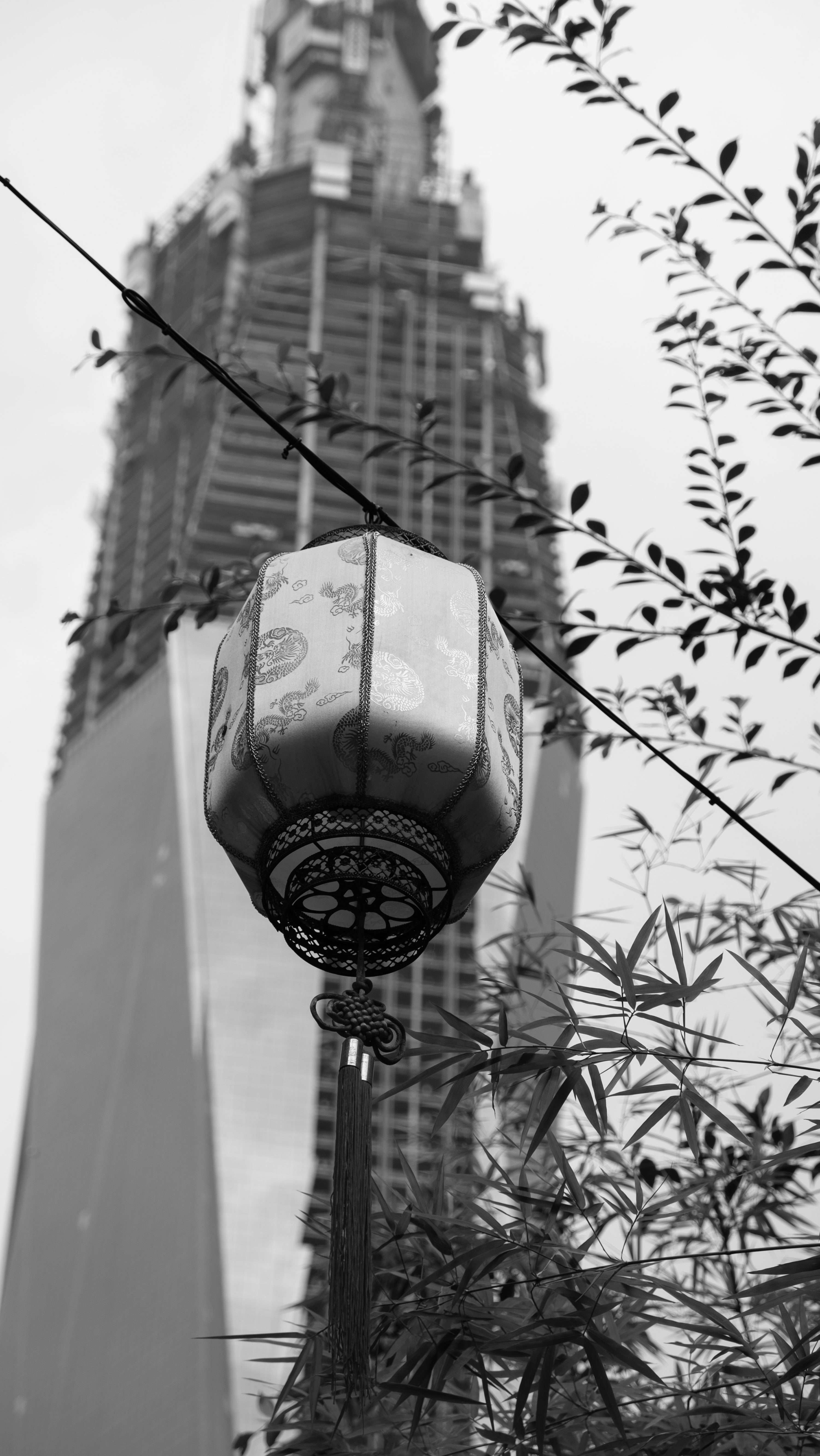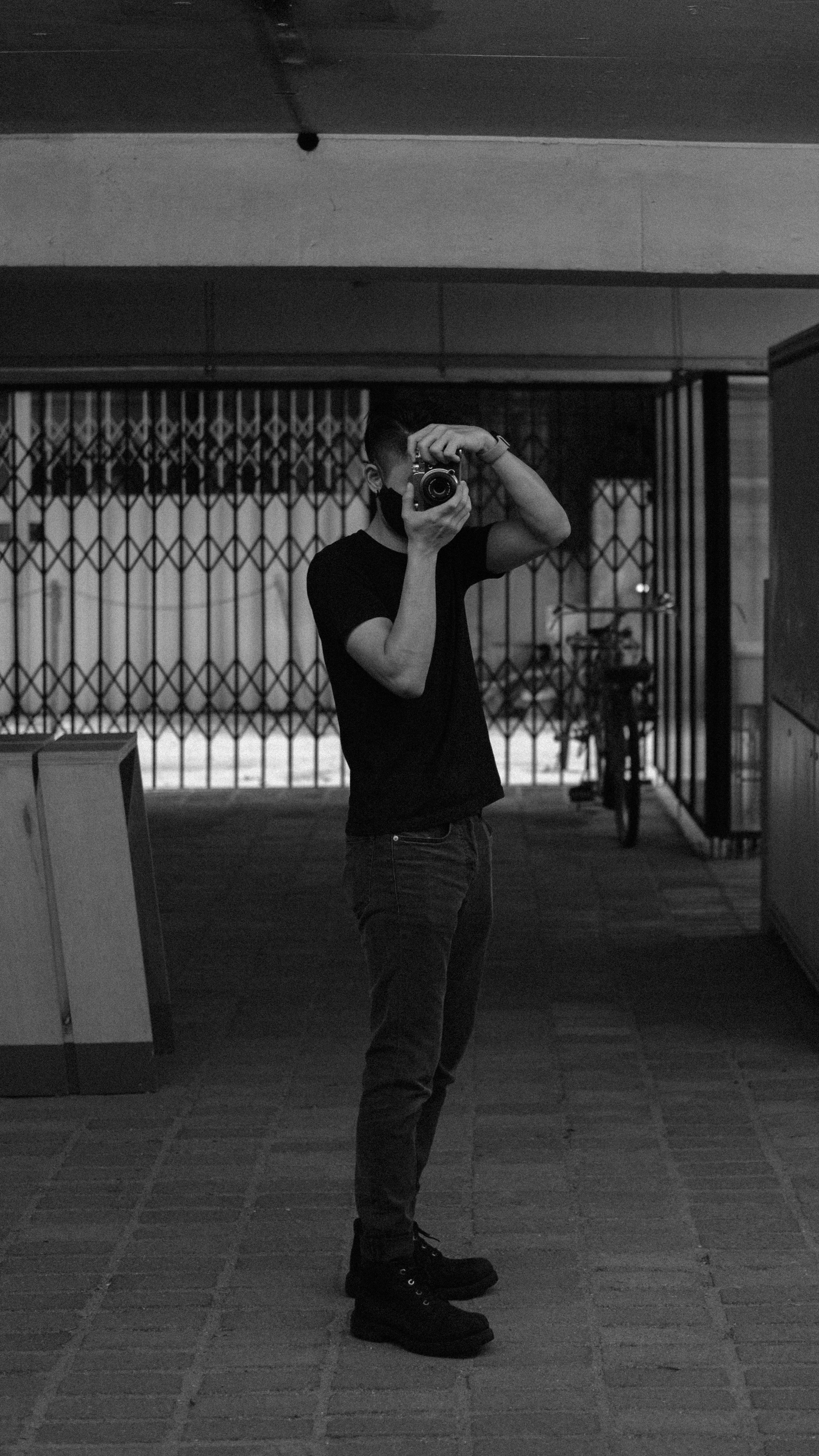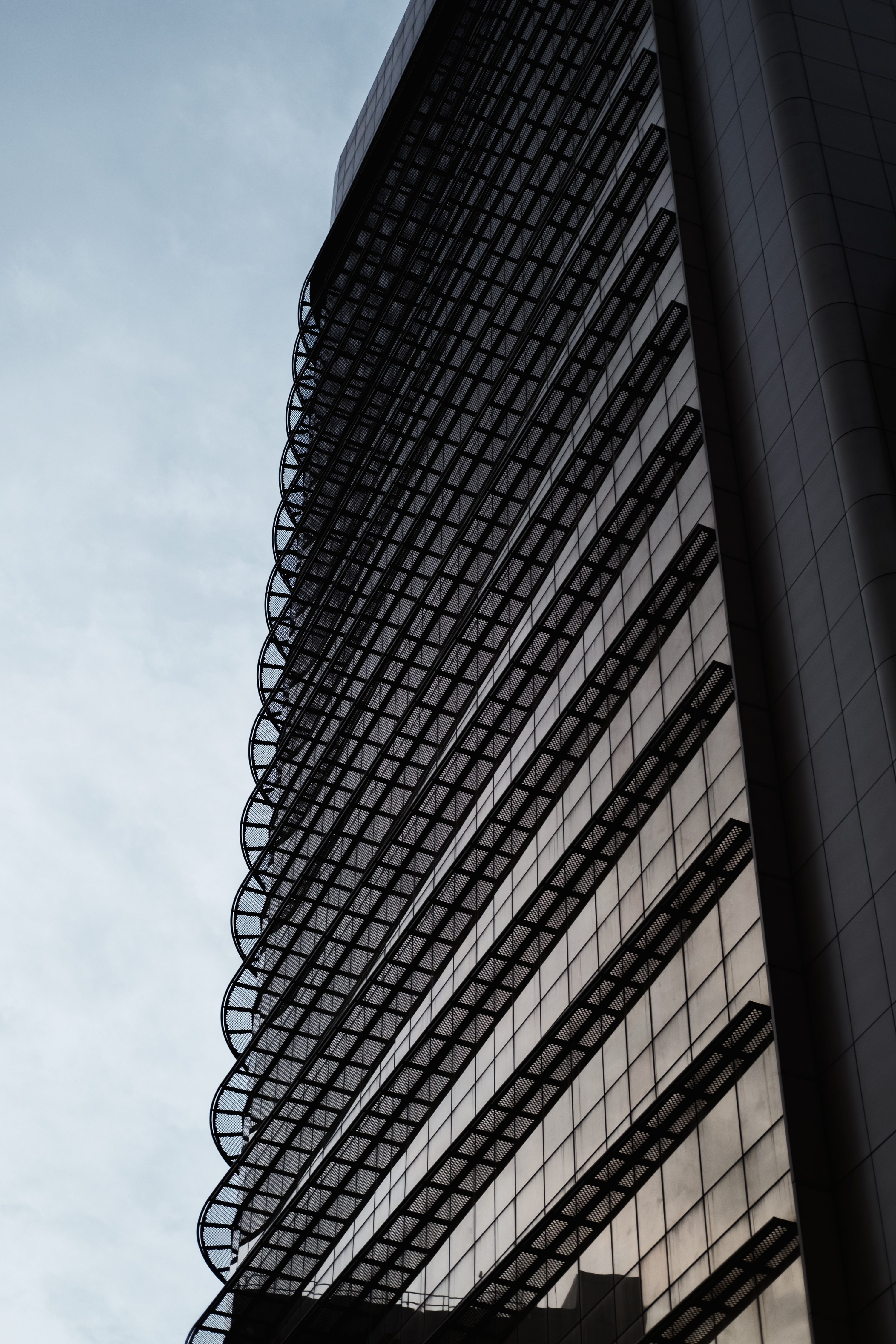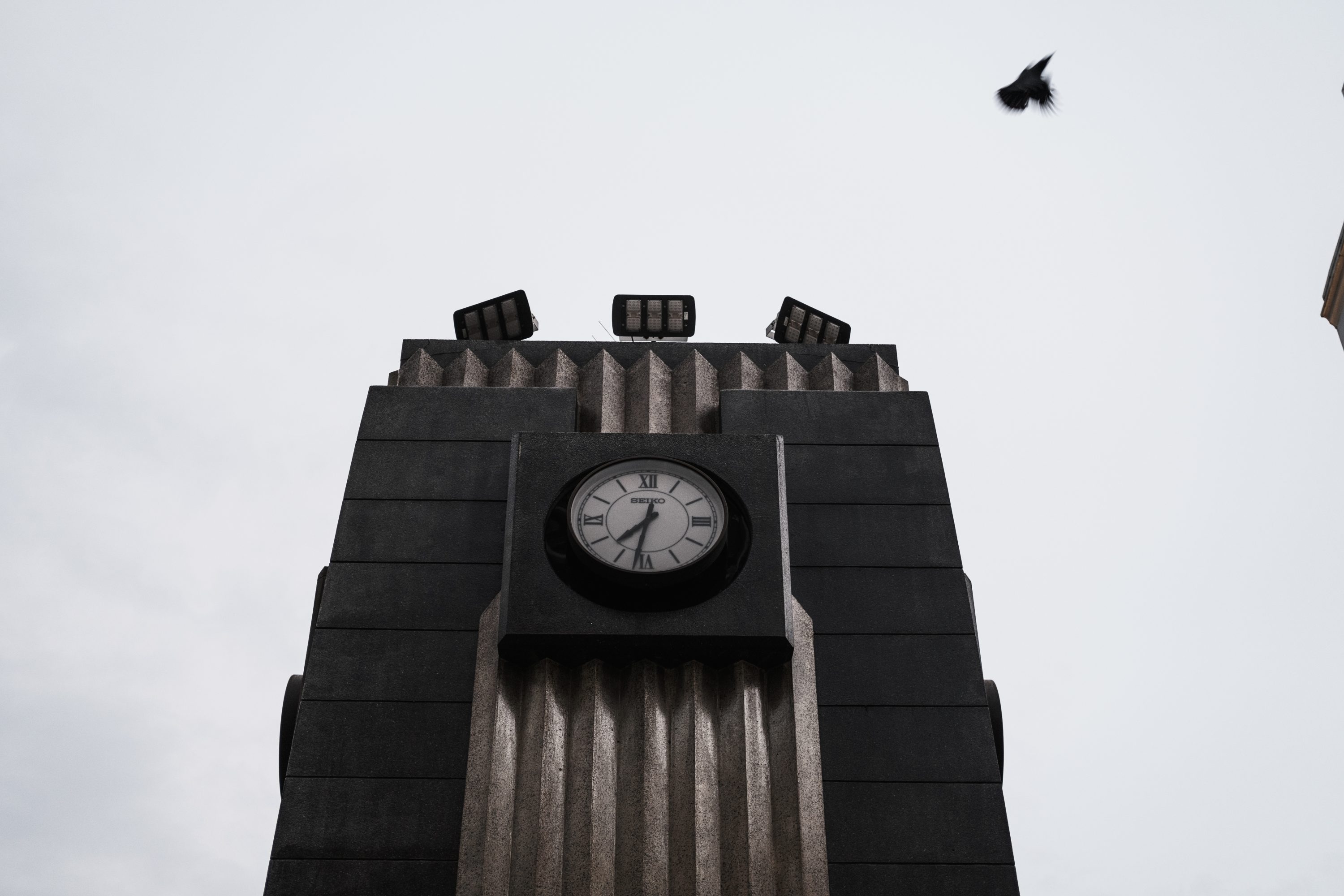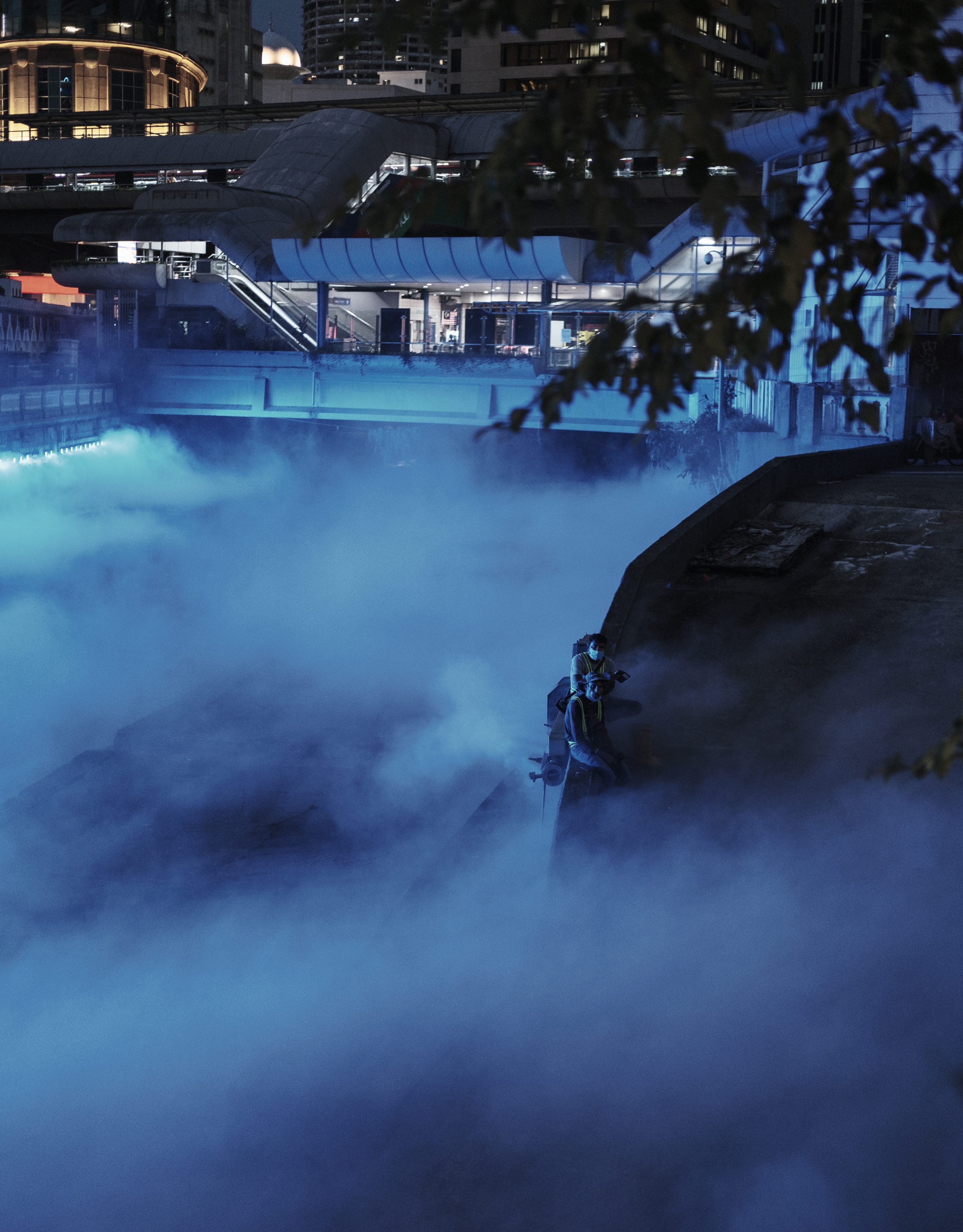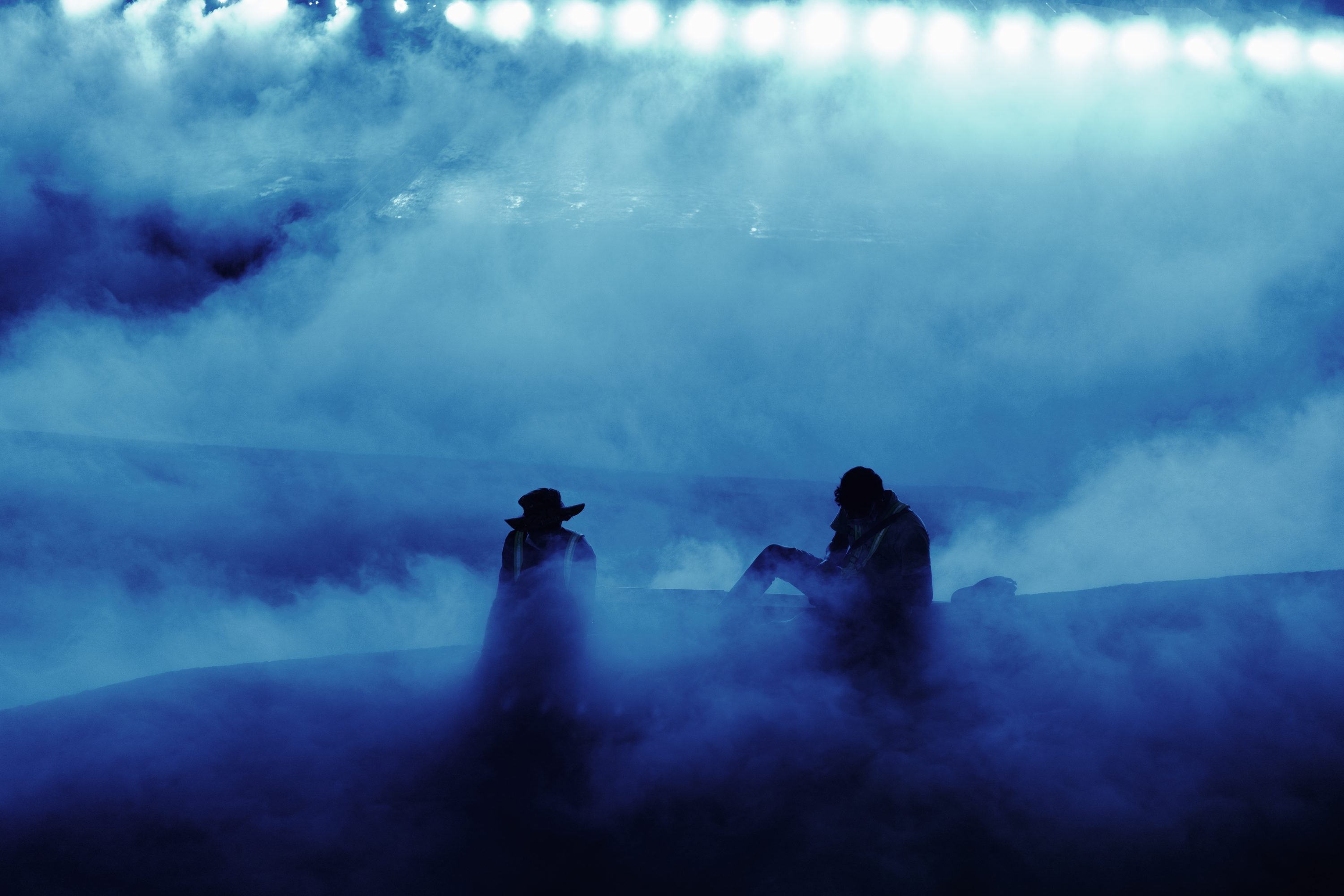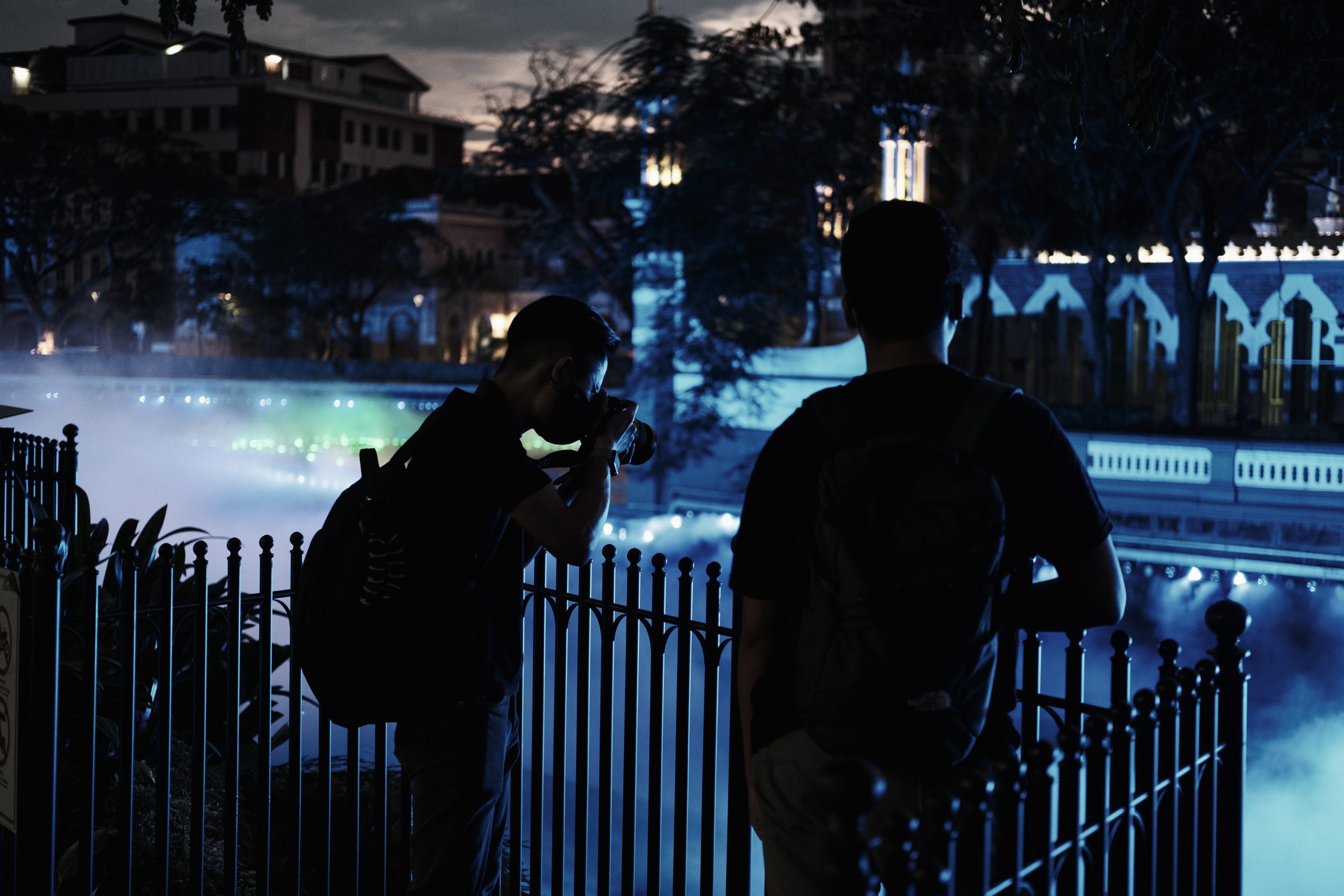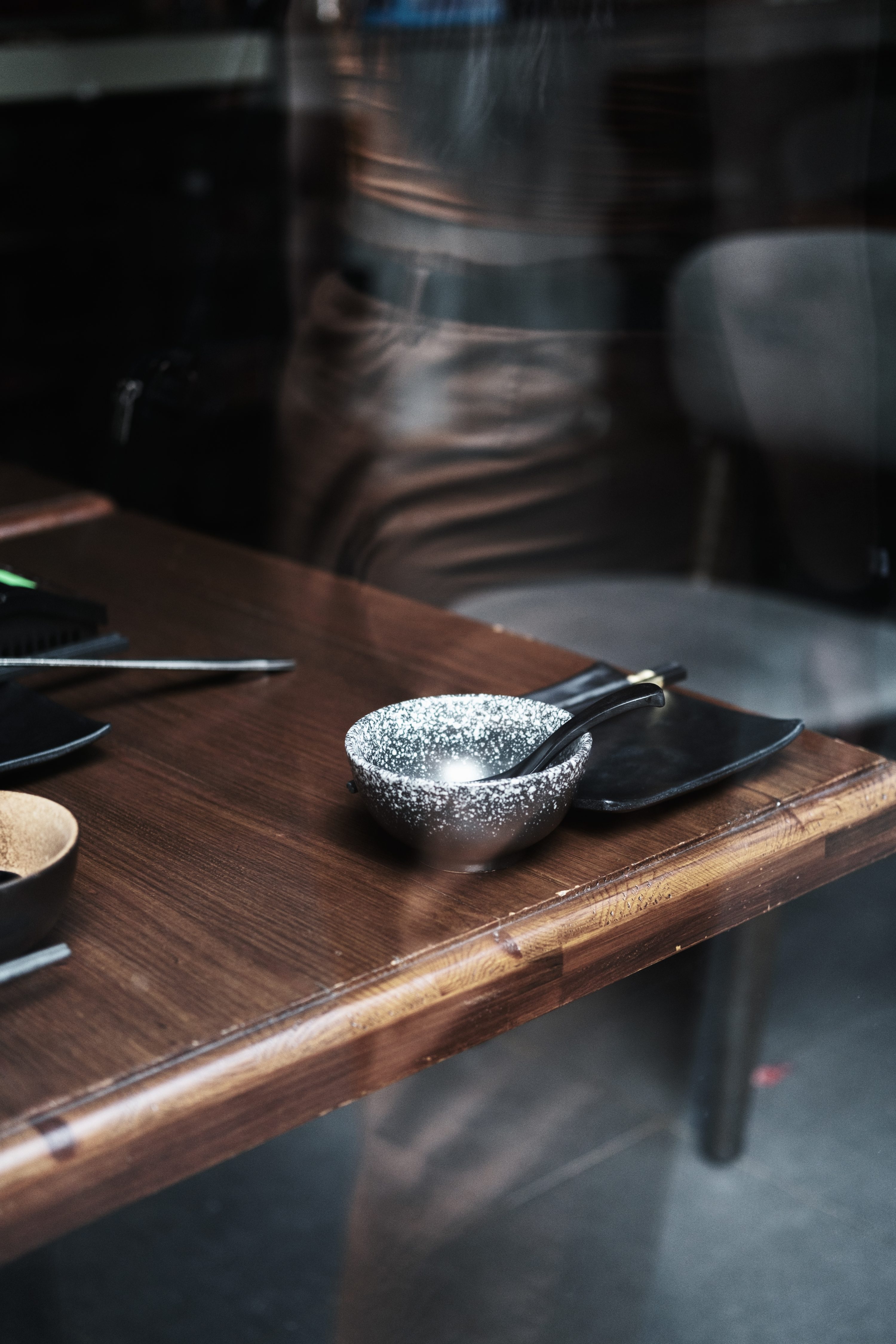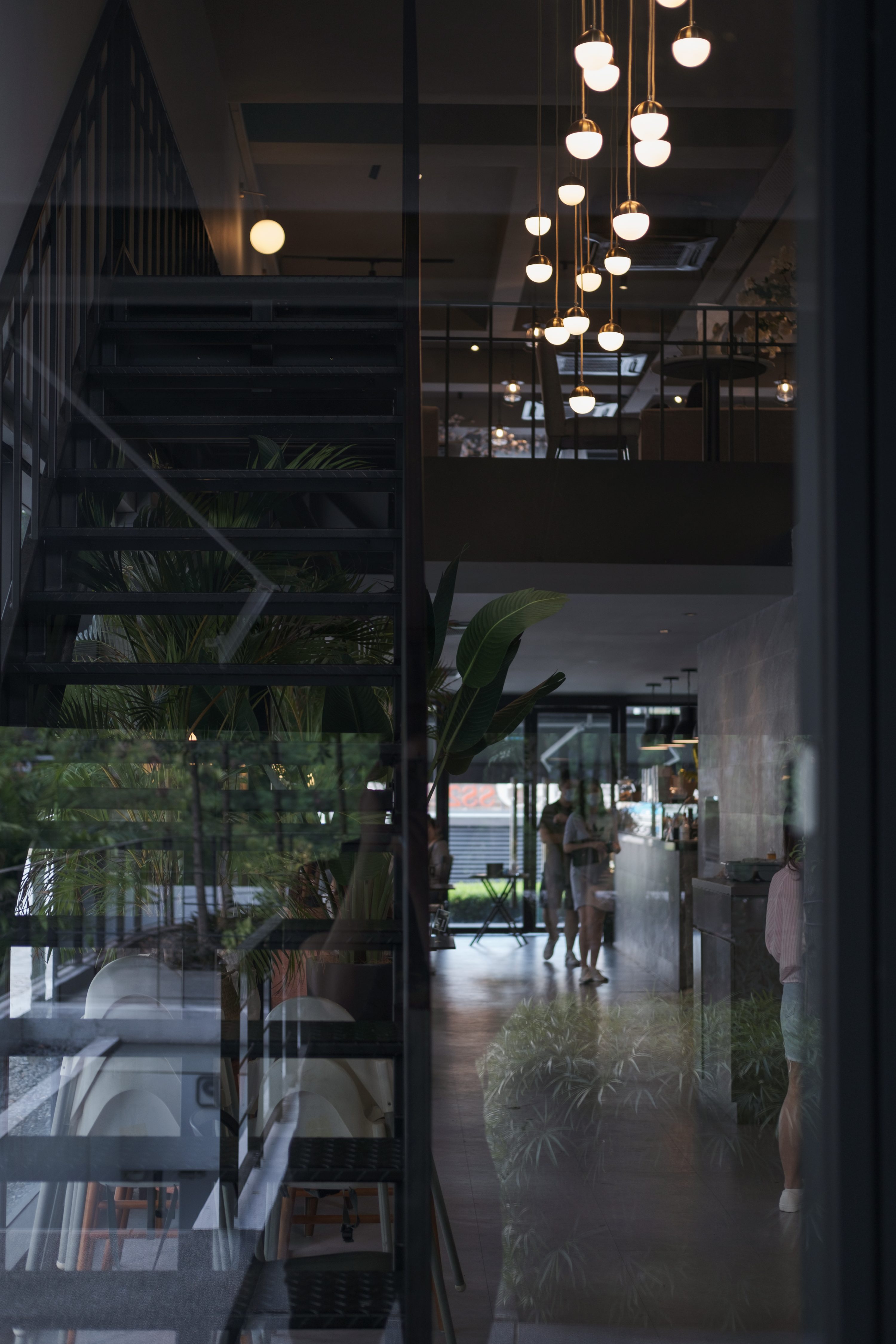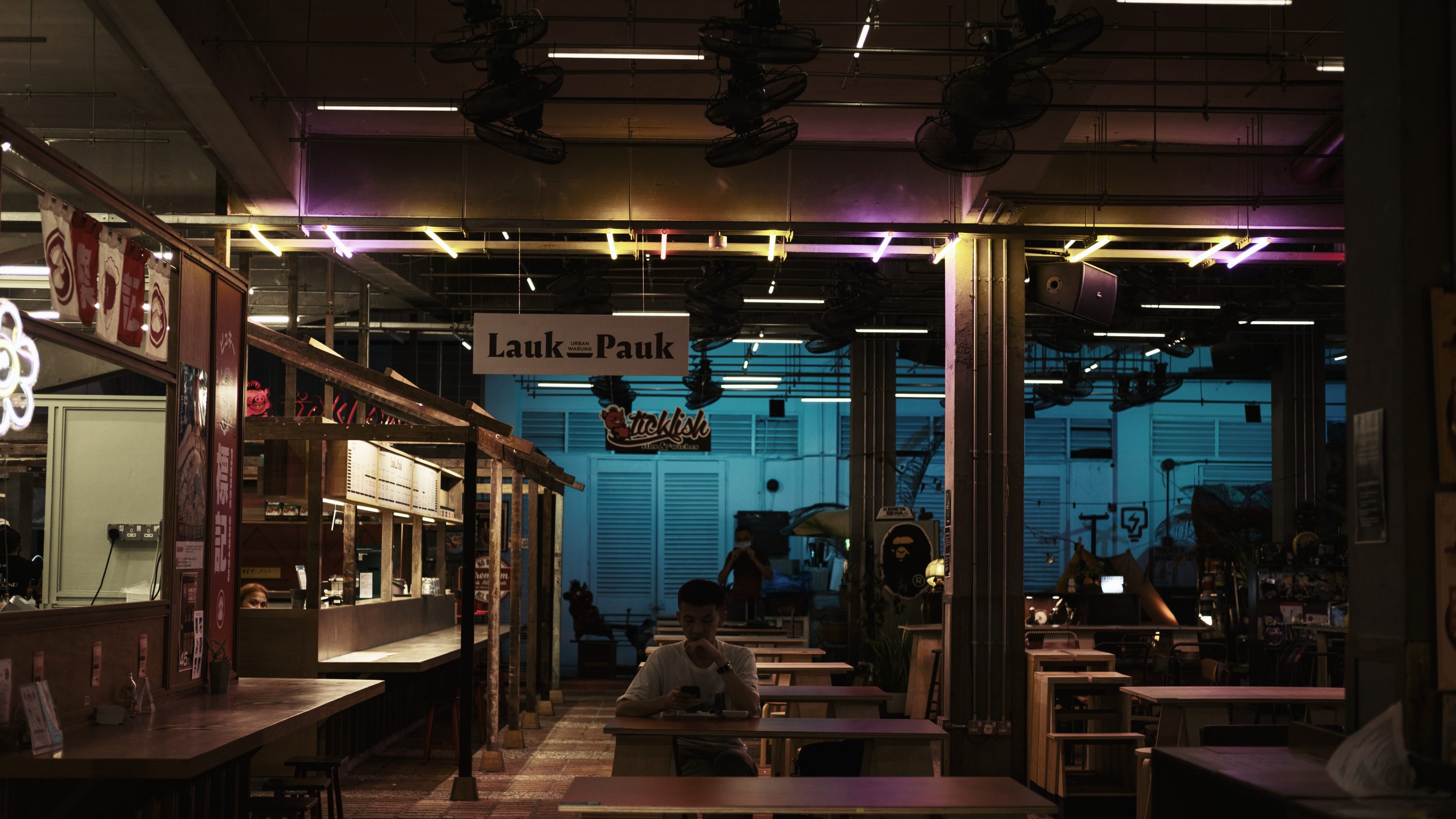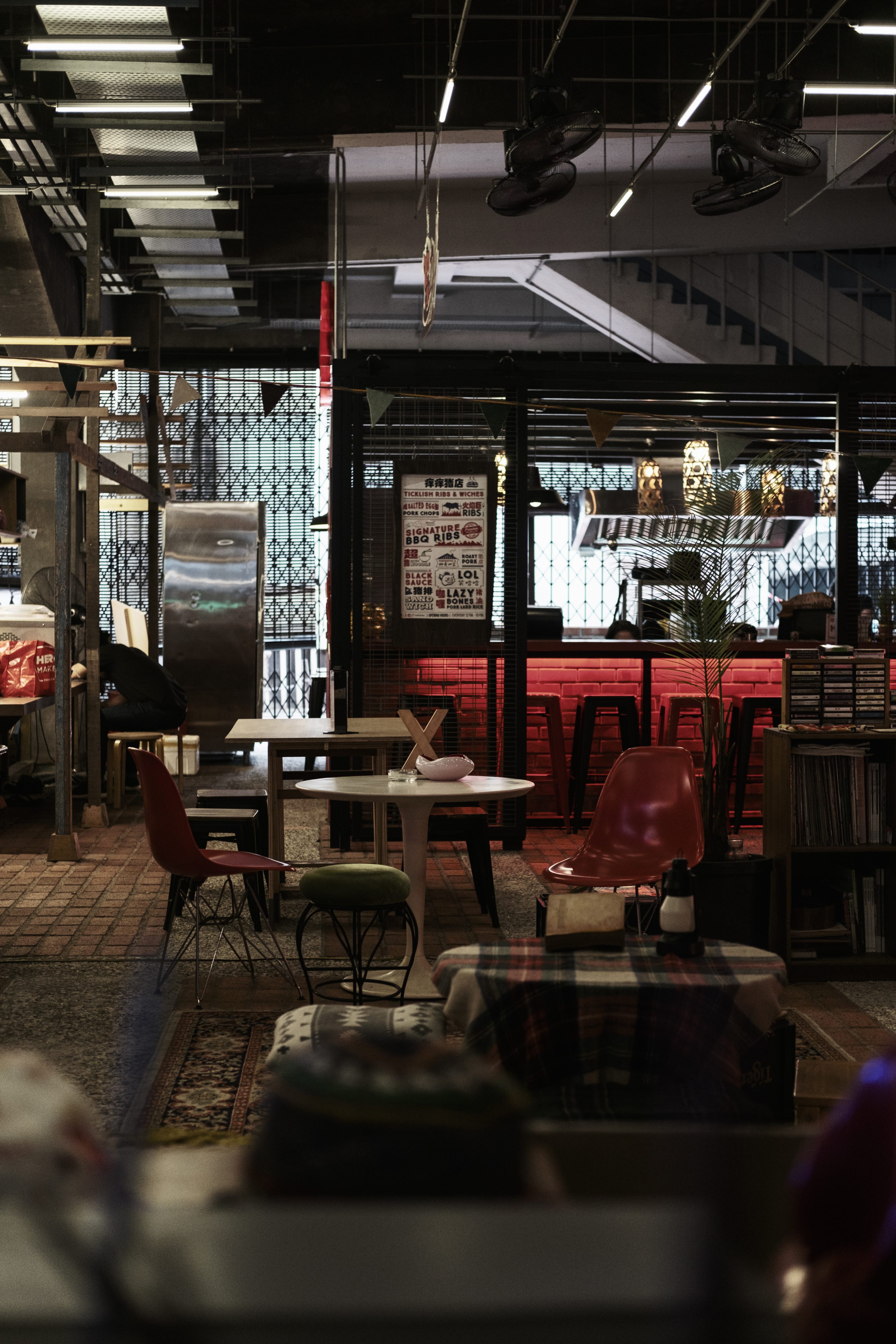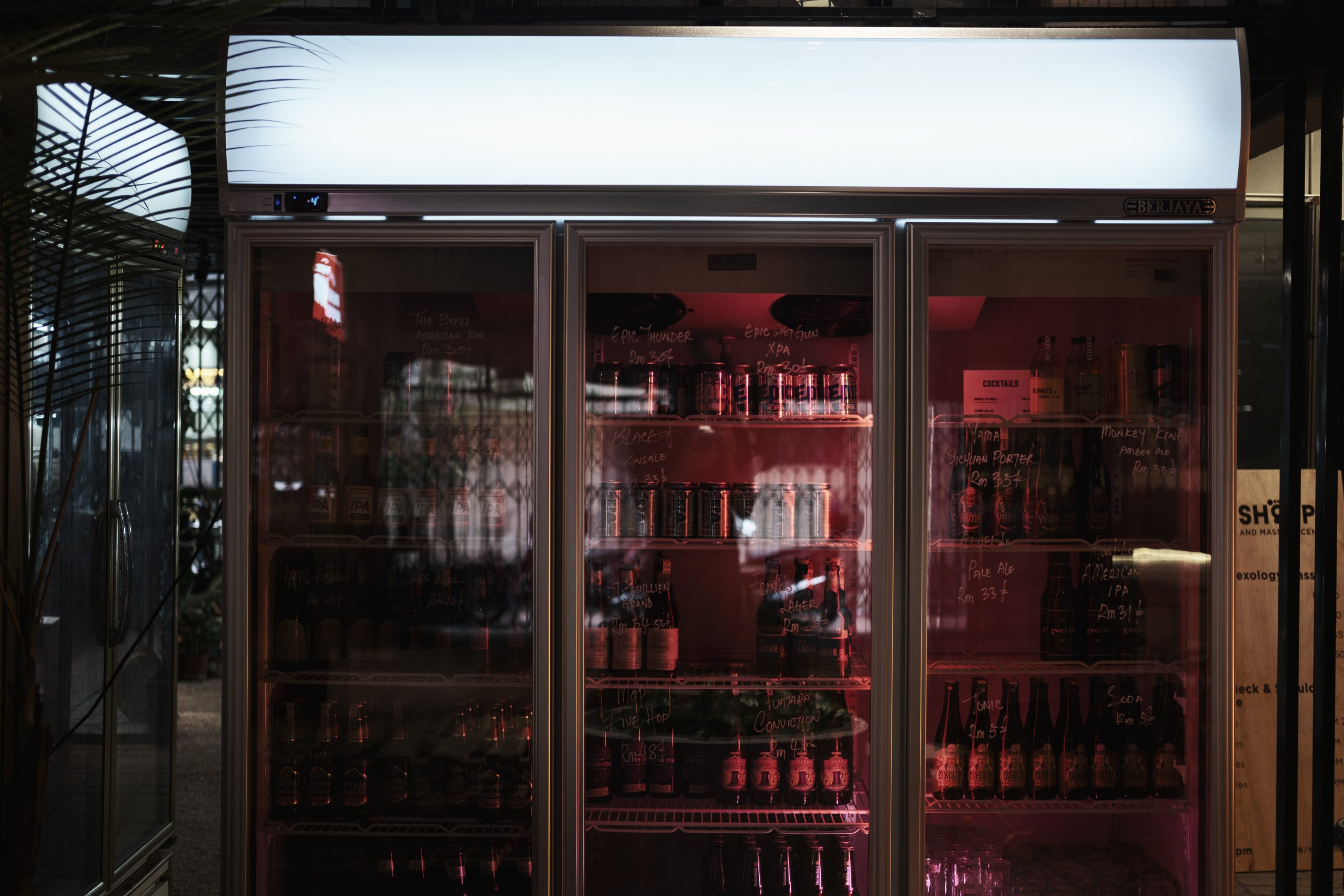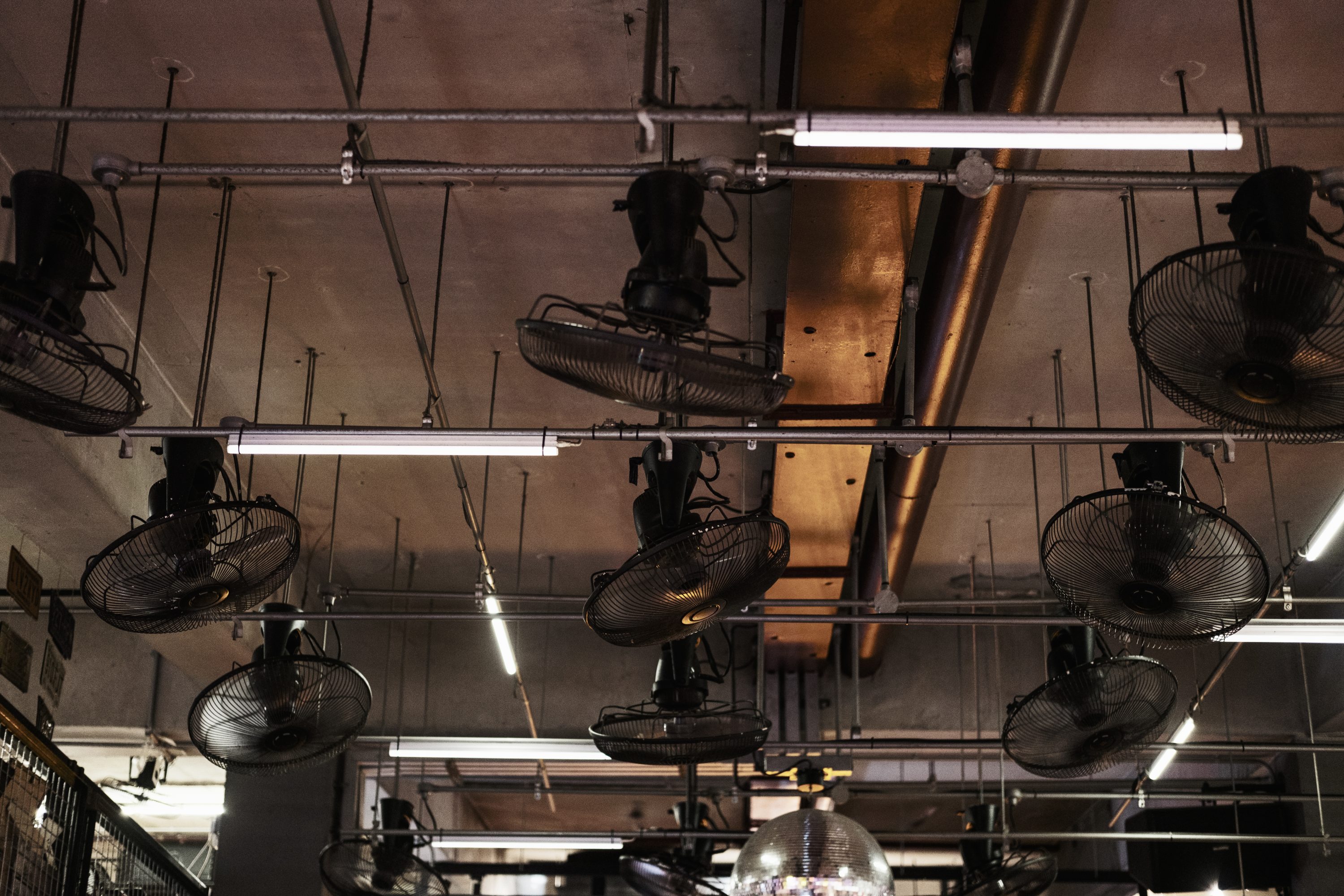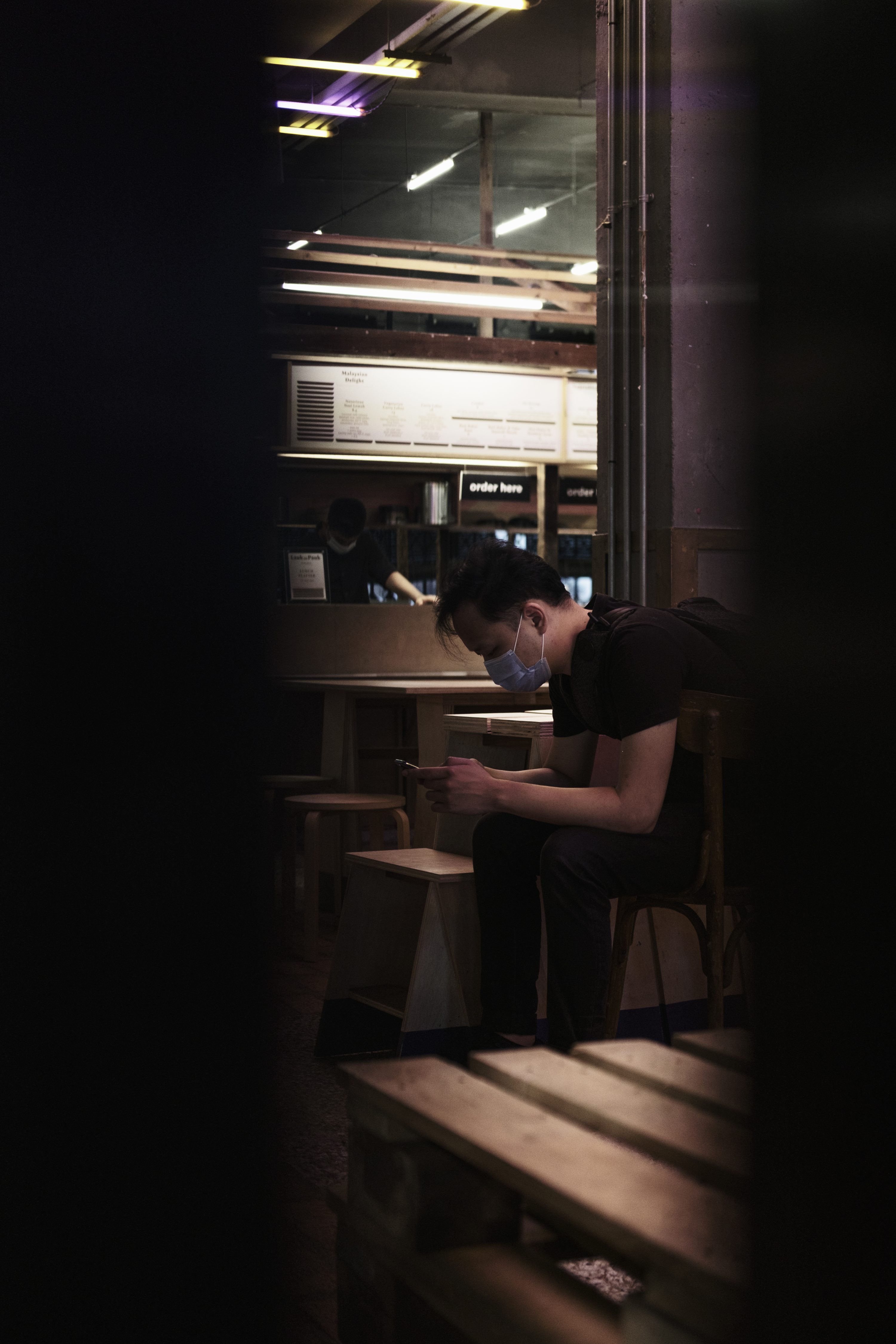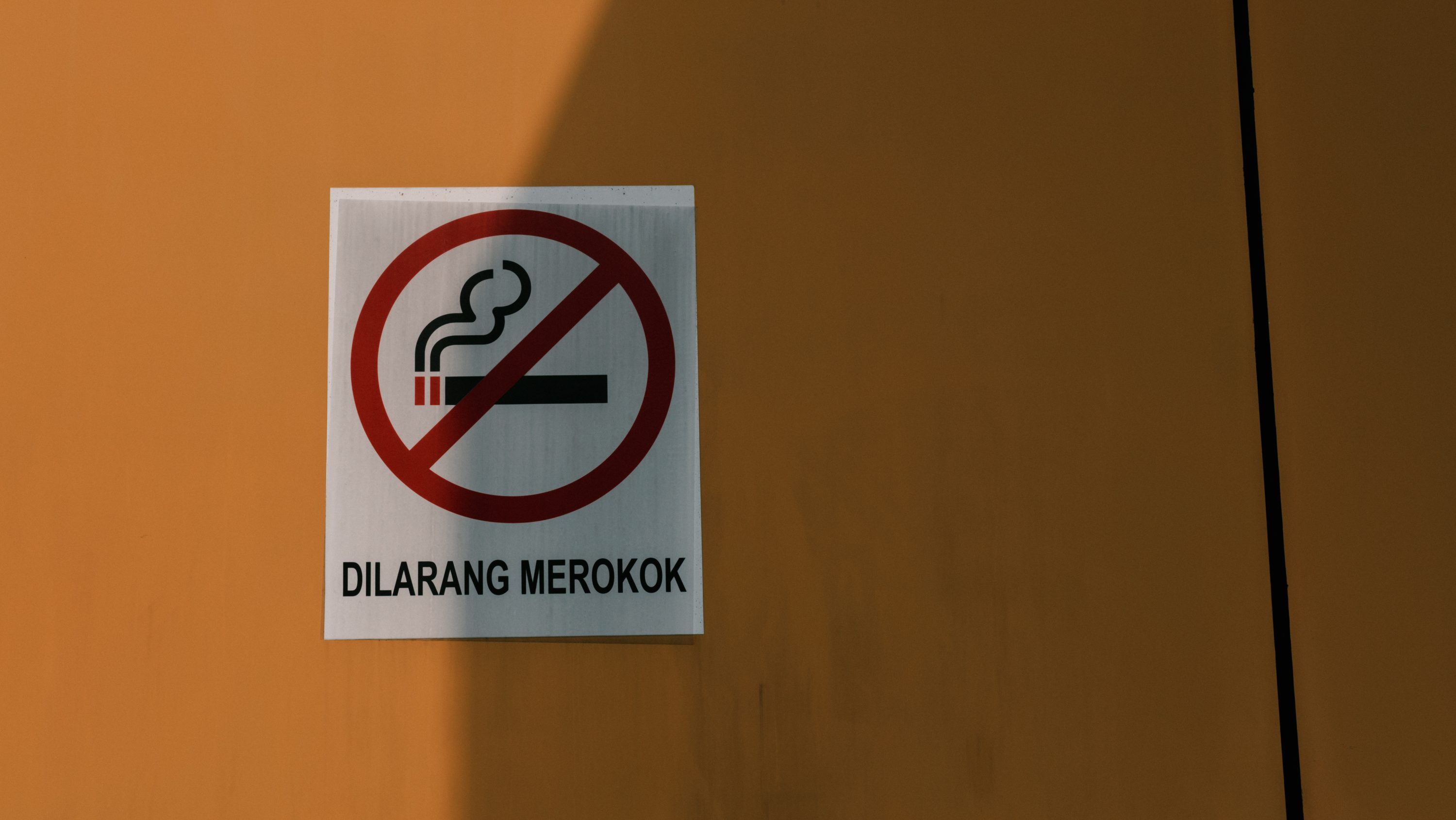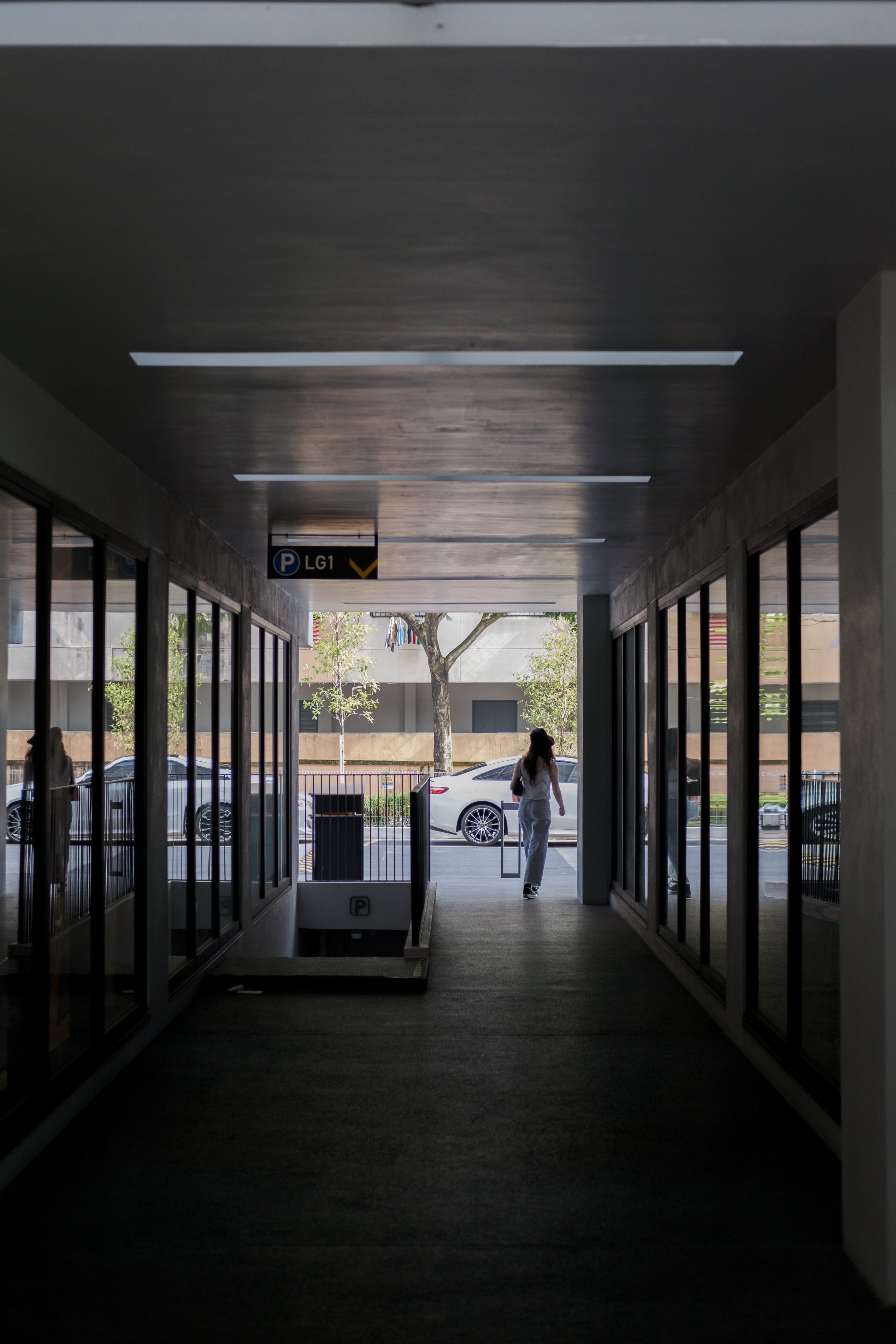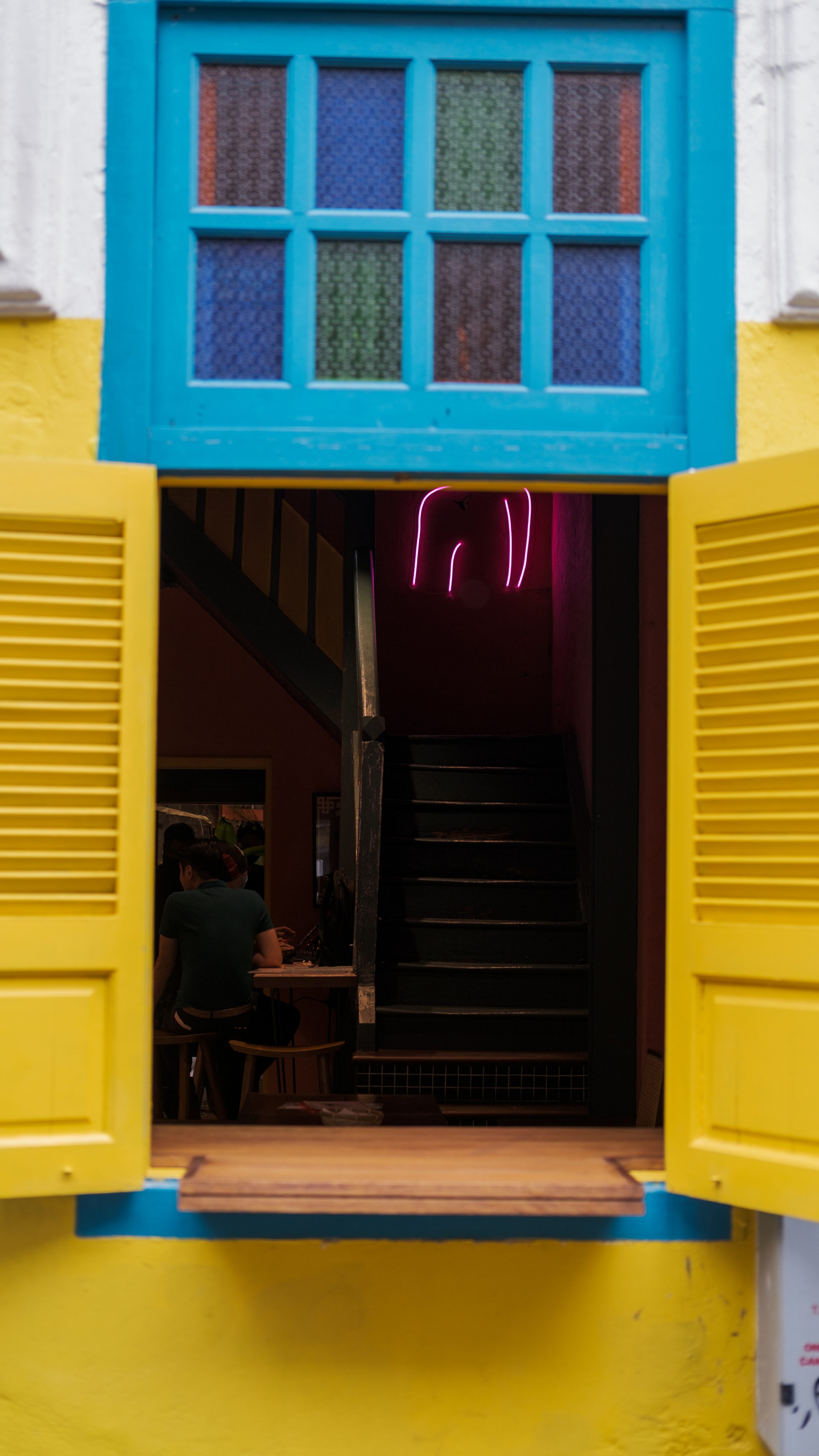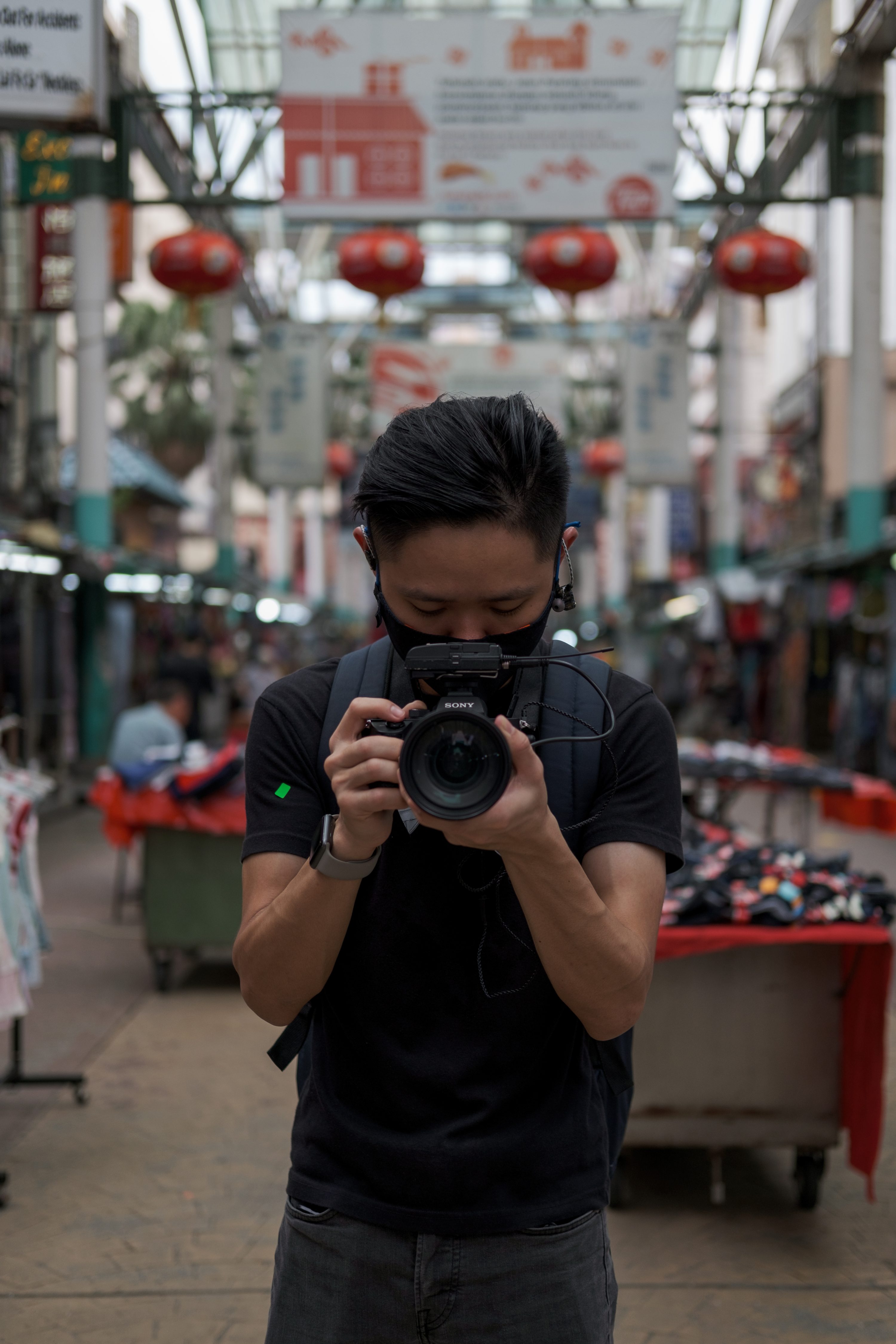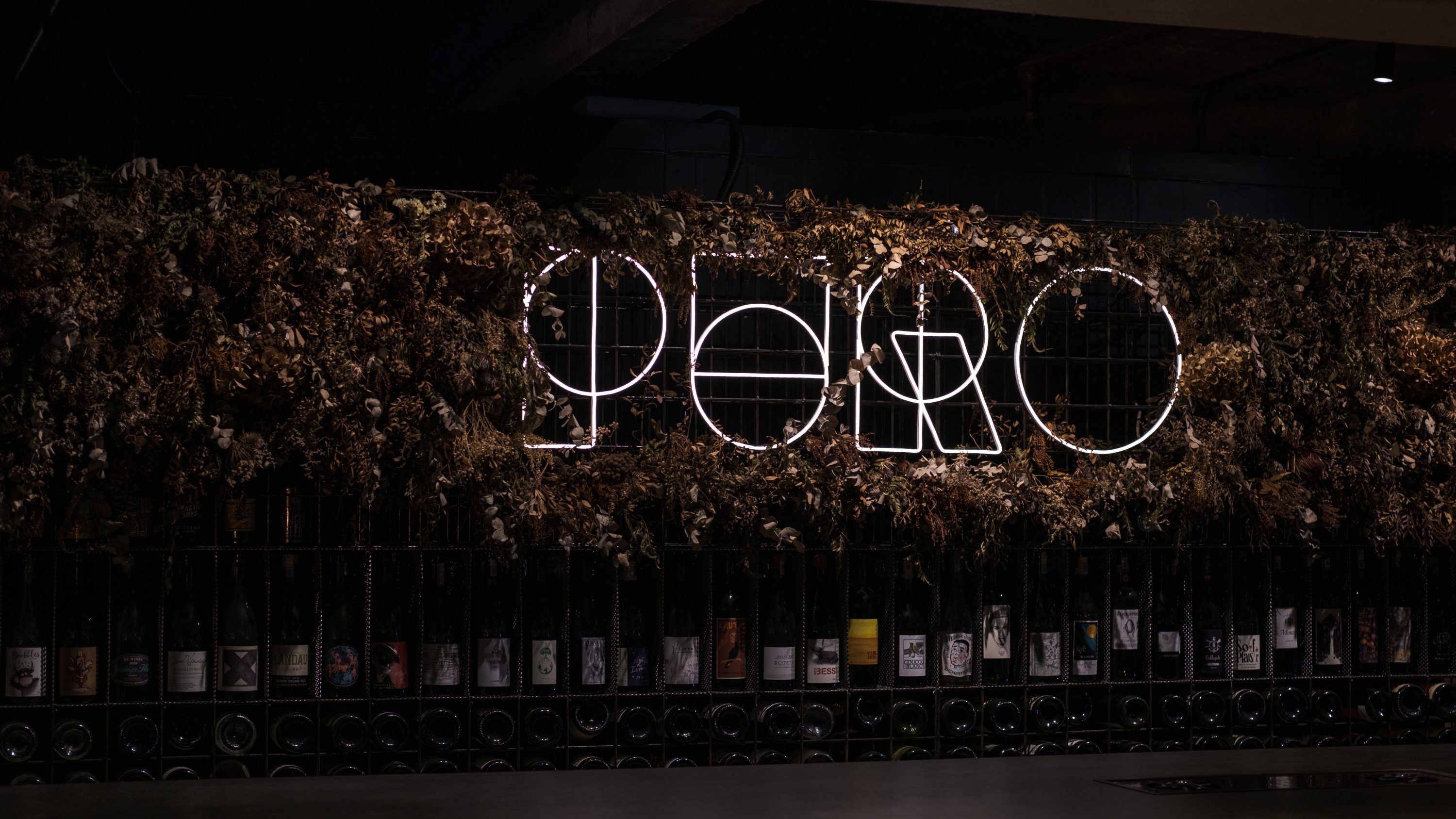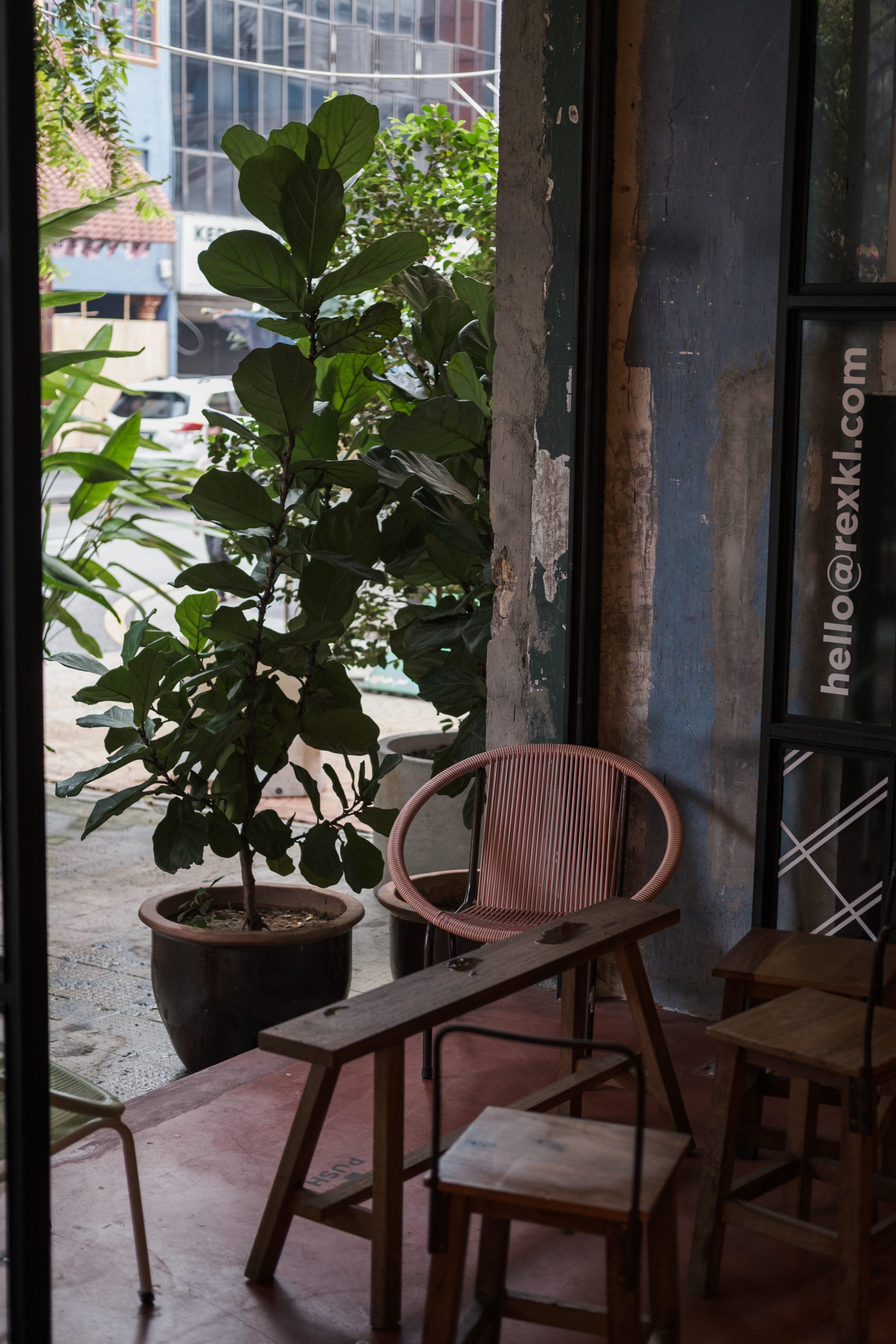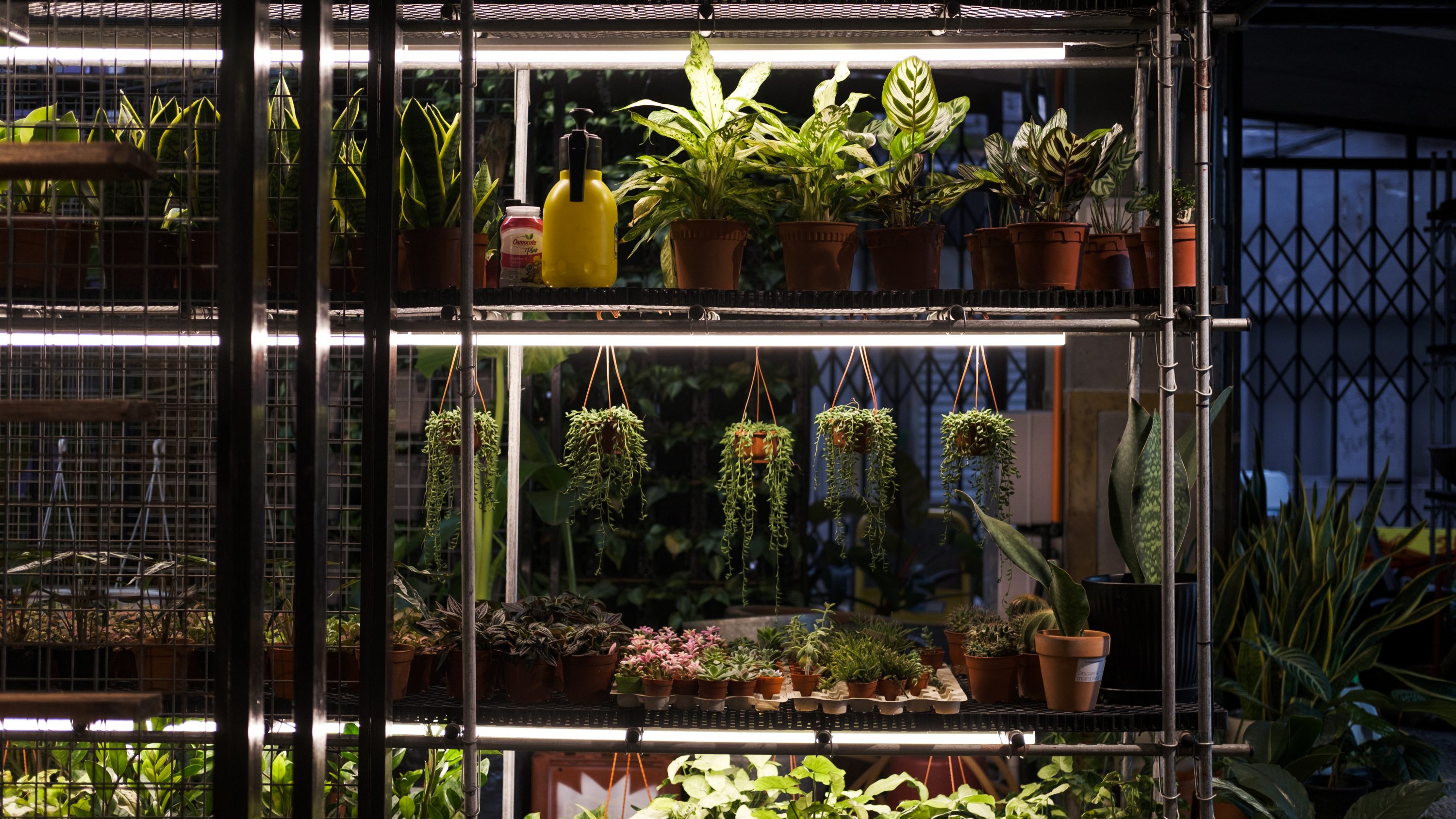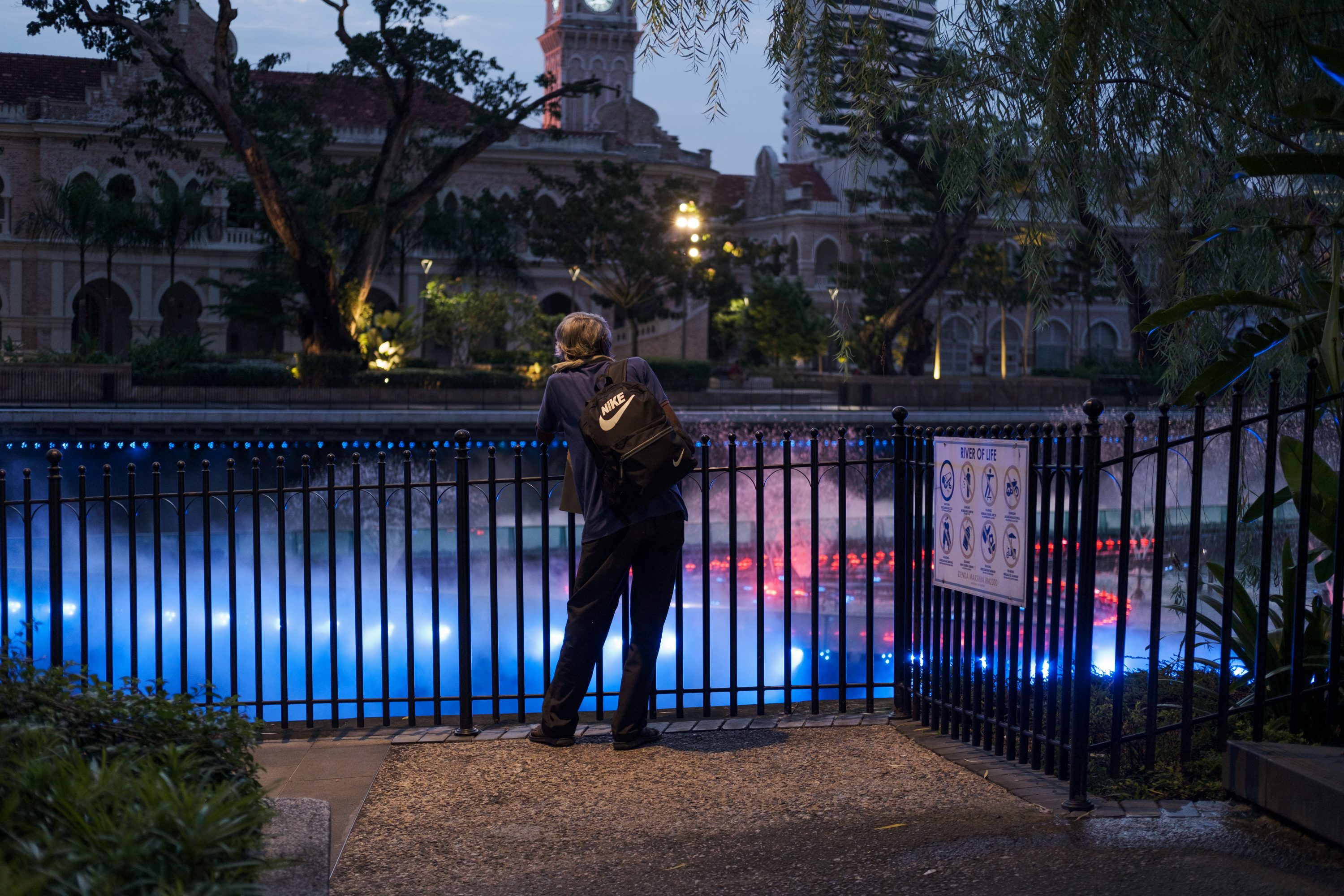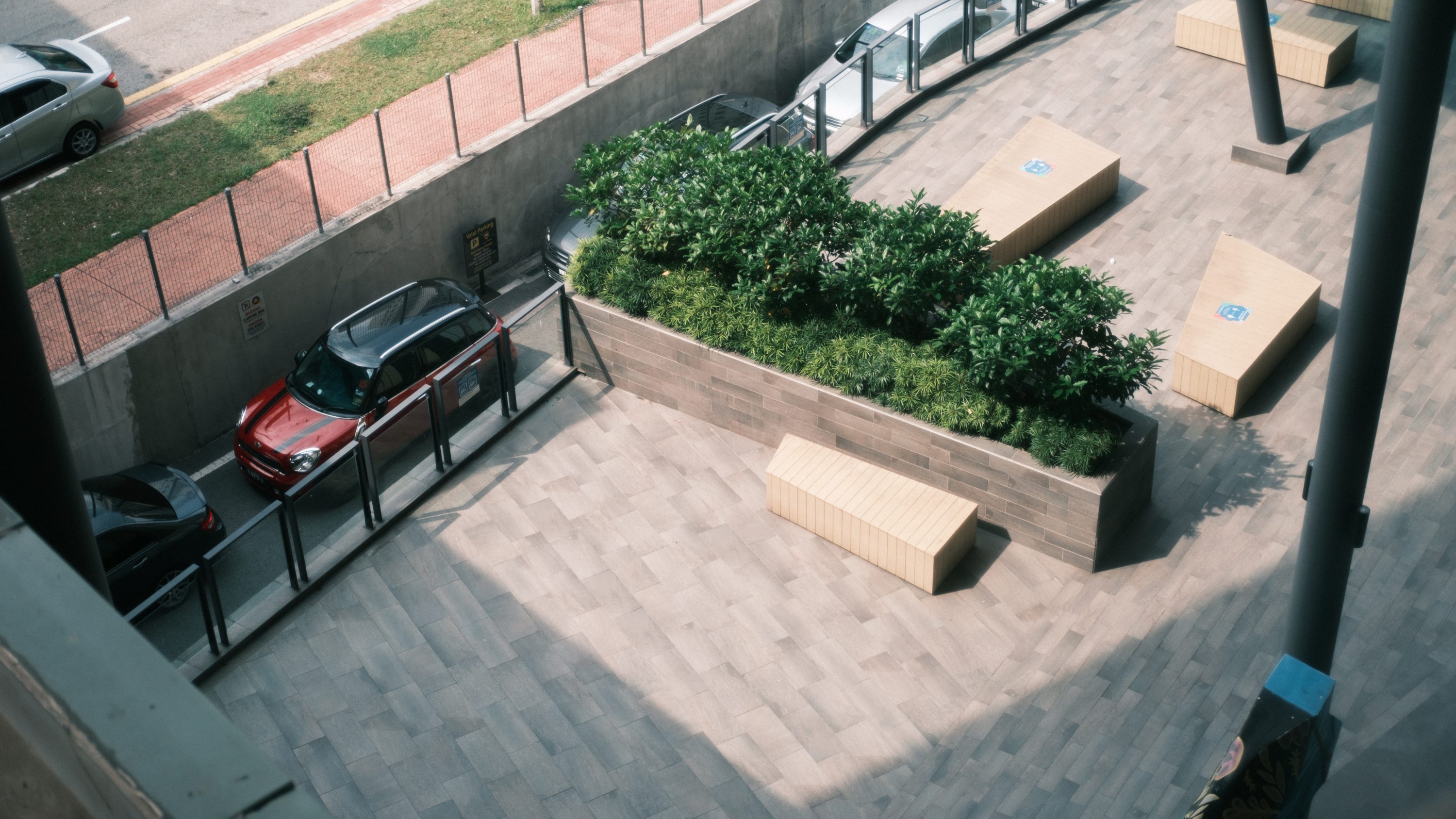I can’t overstate how much I love Fujifilm cameras. There’s just something about the way they look, the way they feel in your hand, the tactility of the top dials—it just gets my hipster juices flowing. But, to me they’ve always felt more like toys than actual work tools. Like, you don’t really want to be worrying about the dials at the top of the camera when you’re on the show floor because you’ve got a lot more things to worry about y’know?
But Fujifilm wants to change that. It looks like they want to marry the soul and feel of a Fujifilm with the practicality of a Sony workhorse. And they want to do it with the Fujifilm X-T4.
When it comes to cameras, I have very specific needs. First of all, I want really nice Jpegs straight out of camera. Because 90% of the time, I can’t be bothered to edit RAW. Secondly, it’s gotta have good video. That means good image, good audio and good stabilisation. Finally, because I shoot myself a lot, especially at events, I want a fully articulating screen and really nice, convenient controls.
The Fujifilm X-T4 features a 26.1MP X-Trans 4 APS-C sized sensor, and perhaps to nobody’s surprise, it has in my opinion some of the best straight-out-of-camera JPEGs. Plenty of detail, gorgeous colours, and with a wealth of film simulations to choose from, you can have a whole bunch of different looks without ever sending a picture through some photo editing software.
Across
Astia
I’ll admit, I wasn’t a fan of every film simulation because some of them seemed too stylised for my tastes. Something like the new Bleach Bypass still hasn’t grown on me, but the cool thing with Fujifilm cameras is that if you shoot in RAW, you can actually swap between different film simulations after you’ve taken the photo either in Lightroom or directly in the camera itself.
Bleach Bypass
Classic Chrome
So, as far as stills go, the X-T4 absolutely nails it in my opinion. Then again, I guess that’s not surprising because they’ve always been great at photos. What I was curious to find out was how well this new camera would stack up when it comes to video. It always felt like video on the Fujifilm was more of an afterthought than anything. It’s like “hey, here’s a stills camera that can also shoot video…I guess”. But with the X-T4 you can tell that more effort has been put into the moving picture part of the equation.
OK, to be fair, that video revolution started with the X-H1, but I think the X-T4 is really where I started to get impressed.
The X-T4 will do pretty much all the popular video modes including 4K video at up to 60fps and even a mouthwatering slow-mo mode that goes up to 240fps in 1080p. But that’s the asterisk there, this slow-mo mode, at least as far as I could tell, is something you have to toggle on or off. In the “High Speed Recording” menu, you get to choose what framerate you want the camera to record at, then what framerate it will output to. Then the camera does the slowing for you right in the body.
It’s not like shooting 120fps on our Sony cameras where it just takes regular video at a high frame rate so you can manually slow that down in post.
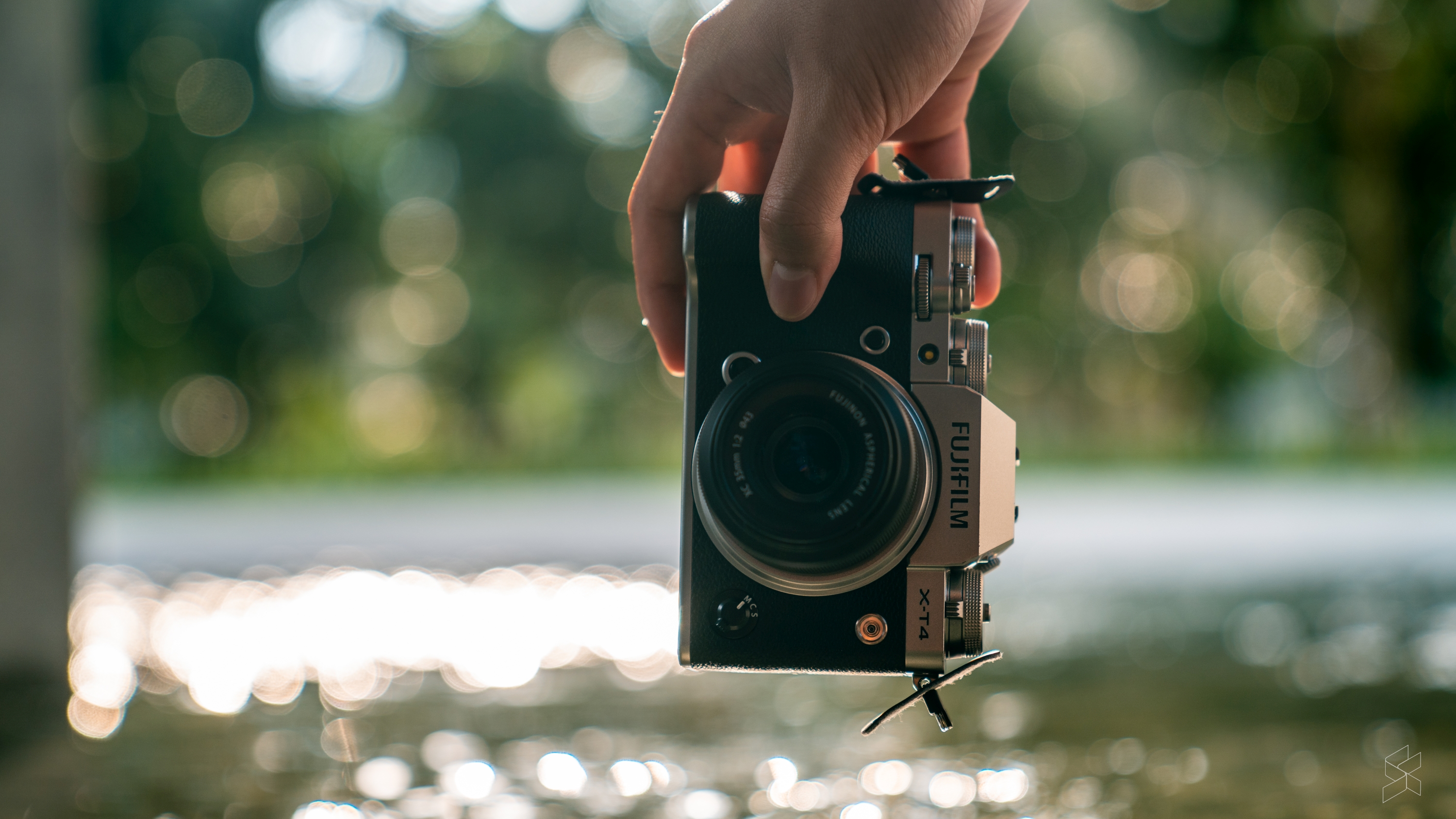
This Fujifilm system, has a couple of drawbacks. Firstly, it’s really quite inconvenient to preview the footage in-camera because it plays back at that super slow motion making it more time consuming to check stuff like focus. Secondly, this mode doesn’t record audio so it’s harder to sync, and you lose out on that portion of scratch audio too.
This means that you have to be super meticulous in planning which shots are slow-mo and which are not. I mean, you should always be planning anyway, but sometimes in our line of work having that flexibility is invaluable.
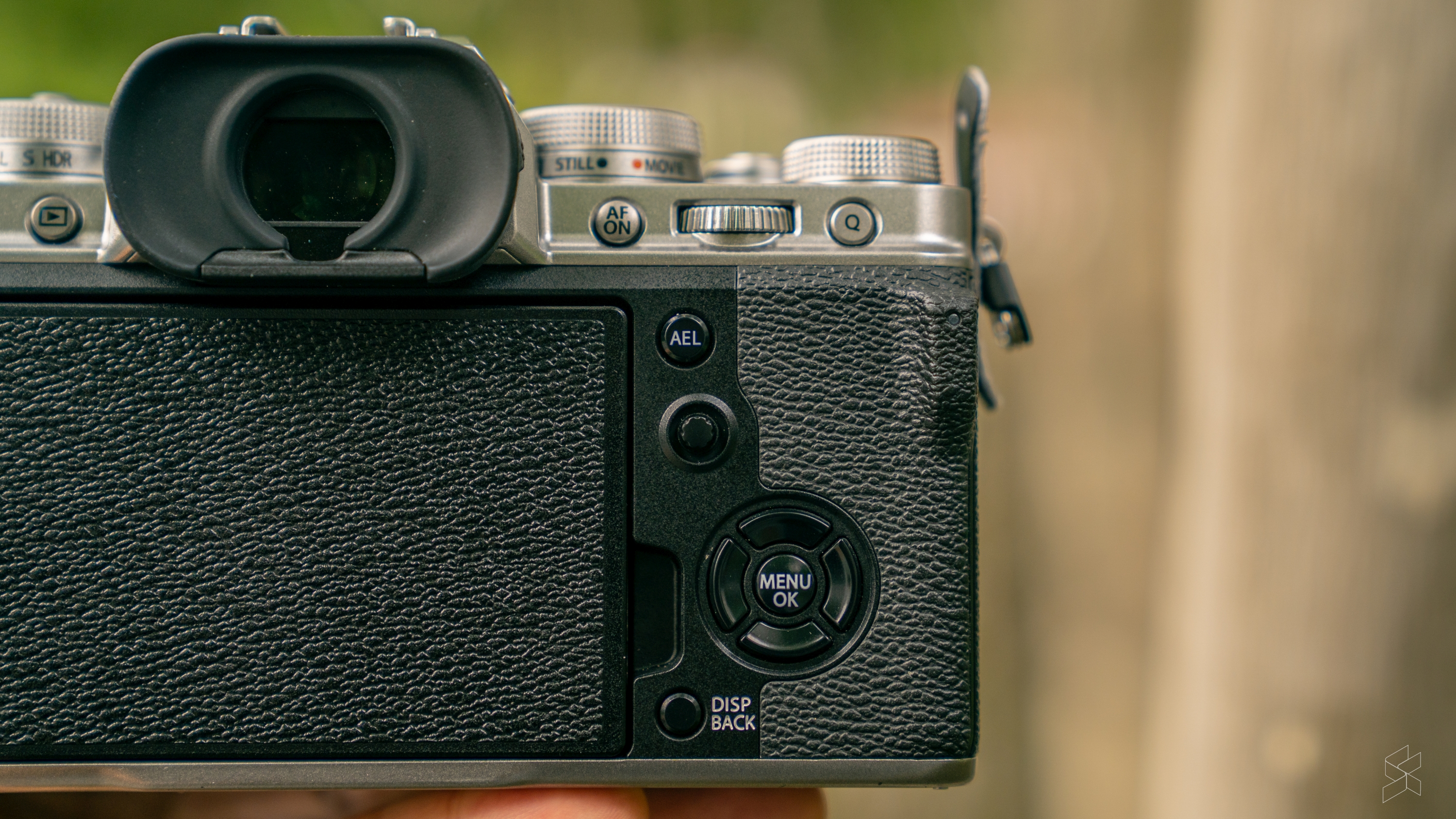
Speaking of flexibility though, the X-T4 finally has a fully articulating touchscreen and I love it. Seriously, every camera should have this in my opinion and that’s the end of this discussion. It is the most versatile screen setup and it makes my life much easier when I’m out shooting events by myself. I don’t have to do multiple laps back and forth between my camera and my set to make sure everything is framed properly.
On top of that, Fuji also added a solid IBIS setup to the X-T4, which when coupled with the new screen makes it a really good camera for vlogging. In fact, I think the stability here is even better than the one on the Sony A6600. I think Sony’s IBIS was always hampered by the terrible rolling shutter of that older sensor which made everything look extra wobbly. The X-T4 doesn’t have that issue, making walk-and-talk shots way more palatable.
That said, I wasn’t impressed with the audio from the X-T4. Yes, it has a proper 3.5mm mic jack so you don’t need a dumb adapter like I did on the X-T20, but I noticed a significant amount of hissing when we hooked up our Sennheiser G4 wireless mic system.
It sounds a lot like preamp noise to me, and that was not a big issue on our Sony cameras using an identical setup. And that’s a shame because that meant we had to use an external recorder which is inconvenient when you need to be mobile.
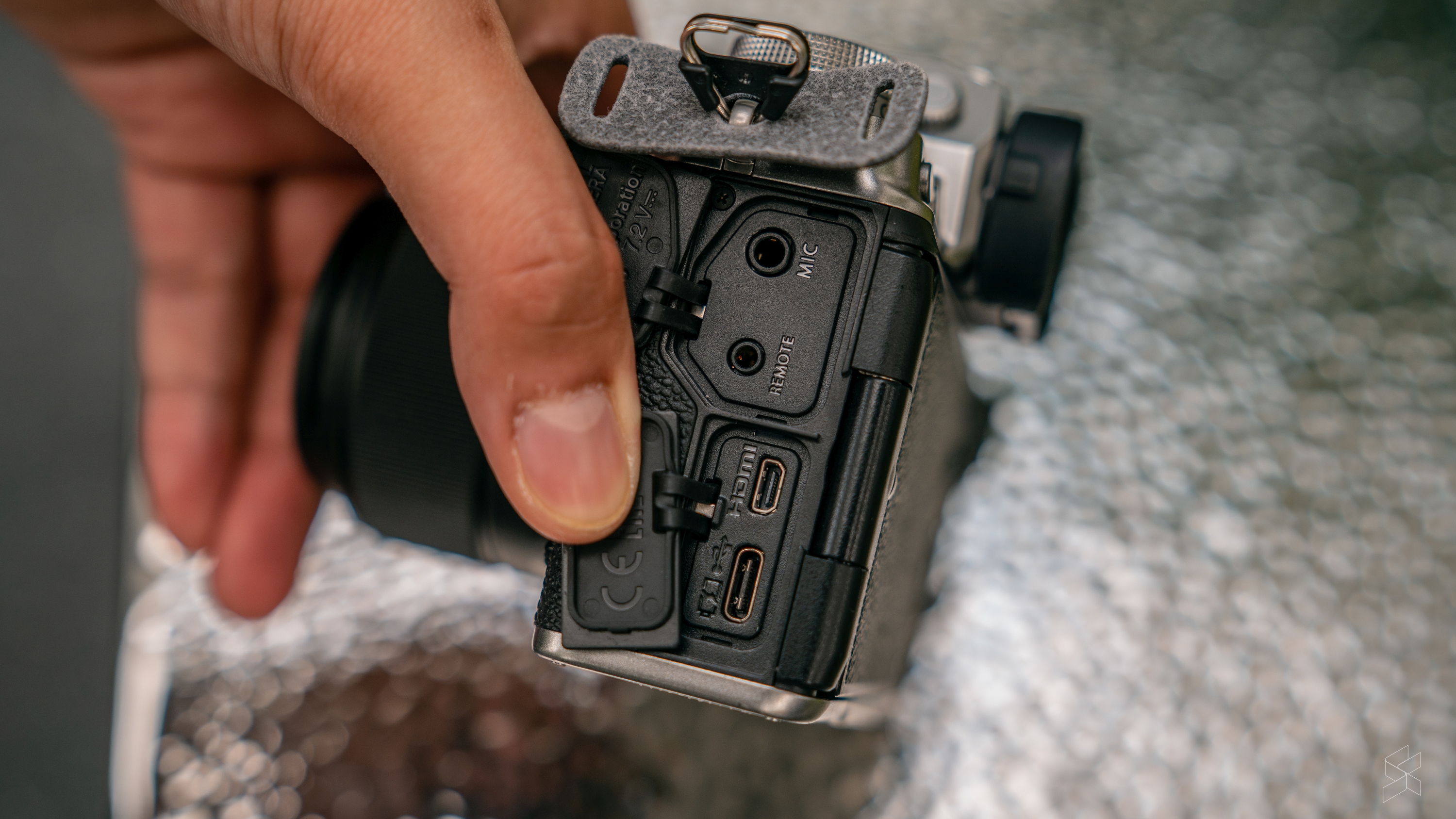
On top of that, the USB-C dongle that Fujifilm provides so that you can use headphones to monitor your audio was very finicky. In several instances it didn’t work for some bizarre reason, and none of my other USB-C to 3.5mm adapters did either. It’s likely an issue with the unit Fujifilm sent us, because I don’t see other people complaining about this, but I thought it was still worth letting you know.
The good news though, is that I do think that the 4K video captured by the Fujifilm X-T4 looks good. It’s at least on par with our Sony systems, and it’s pretty easy to grade too. Autofocusing also worked really well, and is at least on par with what we’ve seen on Sony. Sometimes it does pull focus a little too aggressively which makes it look unnatural, but it’s reliable enough that I’d be comfortable trusting it.
What I don’t like though, is why Fujifilm insists on keeping the recording limit. But then again, if you’re shooting outdoors in hot Malaysian weather, you’ll probably run into heat issues first before hitting the limit. In that sense, something like the Sony A6600 absolutely kicks this camera’s butt.
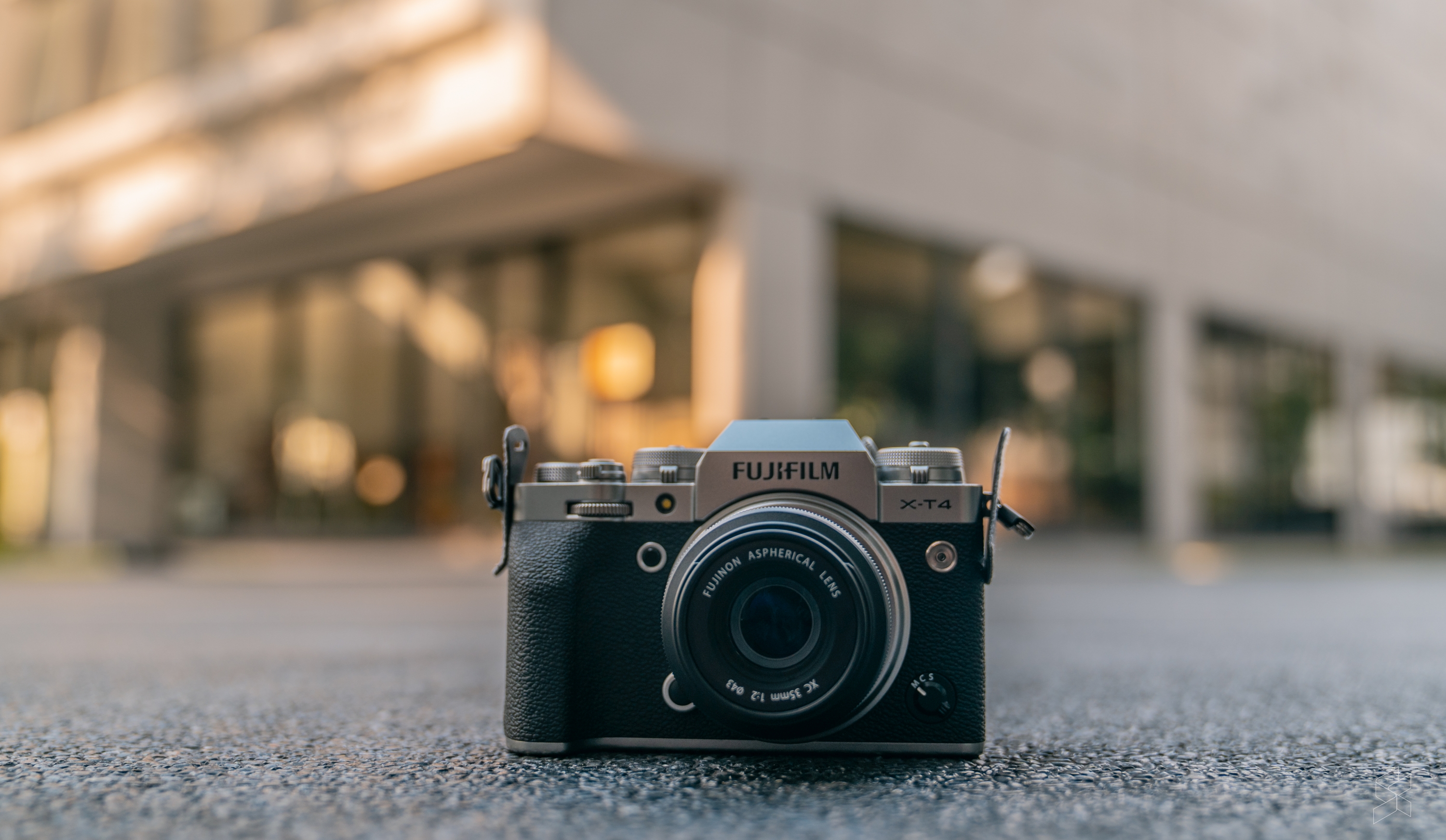
After spending a couple of weeks with the Fujifilm X-T4, I came to the conclusion that this camera is not the perfect camera for hybrid shooters. I still think that if your job requires you to do lots of photos and video, you’re probably better off with one of the new Sony cameras especially since they’ve revamped the menu system.
But I can also definitely see that Fujifilm is moving in the right direction if their goal is to capture this demographic. Because once I got over some of the inconveniences with the X-T4, I started to appreciate the little things Fuji has done to bridge that gap.
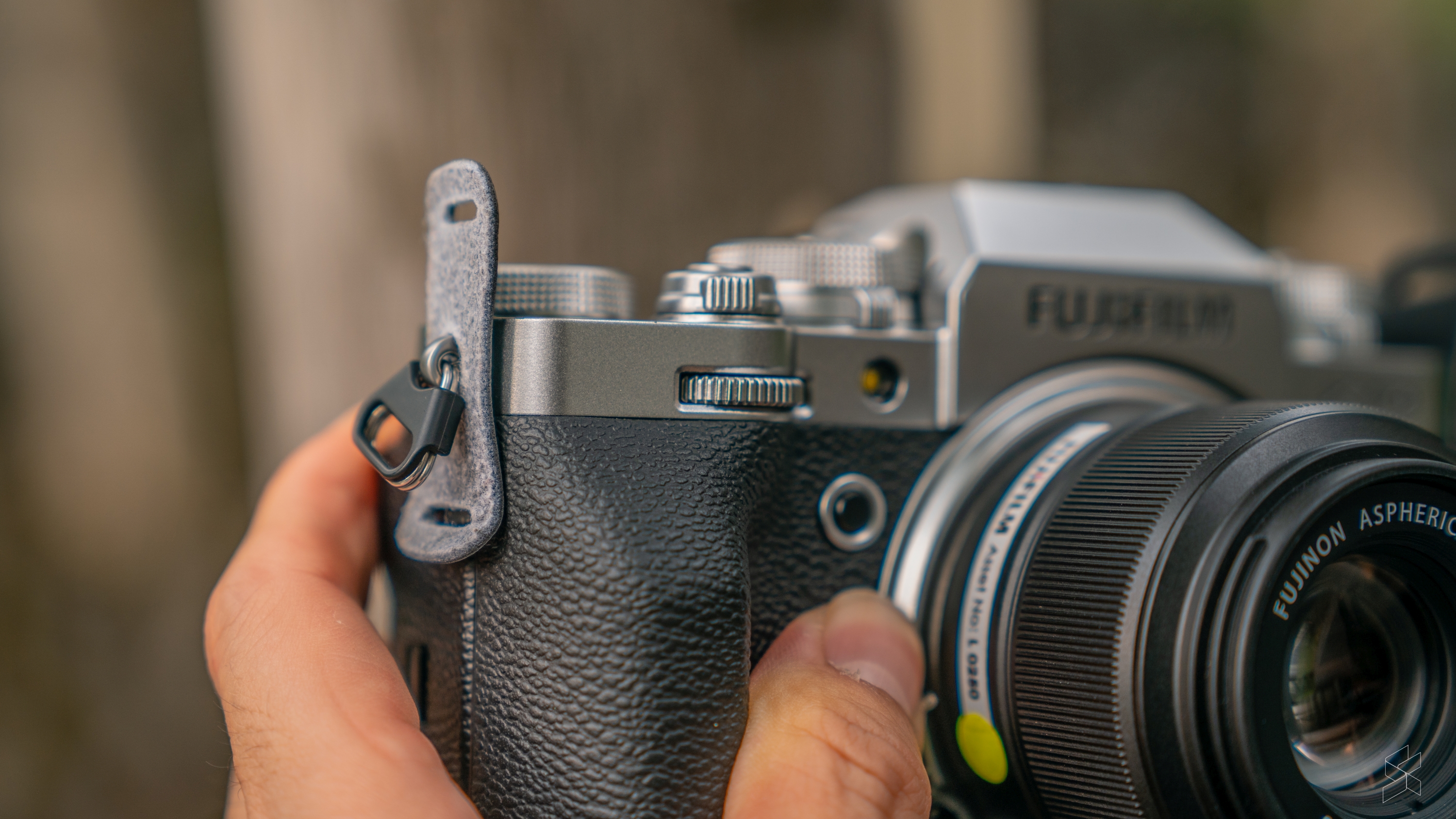
The ergonomics, on the X-T4, for example are excellent. There’s a deep grip that gives you that sense of security when you’re out and about, and all the controls and buttons have been tweaked to be just that little bit more ergonomic. I particularly like the fact that if you don’t want to mess around with the top shutter speed dial you can just set it to T and adjust the shutter speed entirely with one of the dials instead.
And if you want to switch between video and photos on the fly, Fujifilm has a dedicated dial that you can flick, and that also retains and gives you access to all the relevant settings immediately, cutting down on the time that you would otherwise have to spend diving through menus.
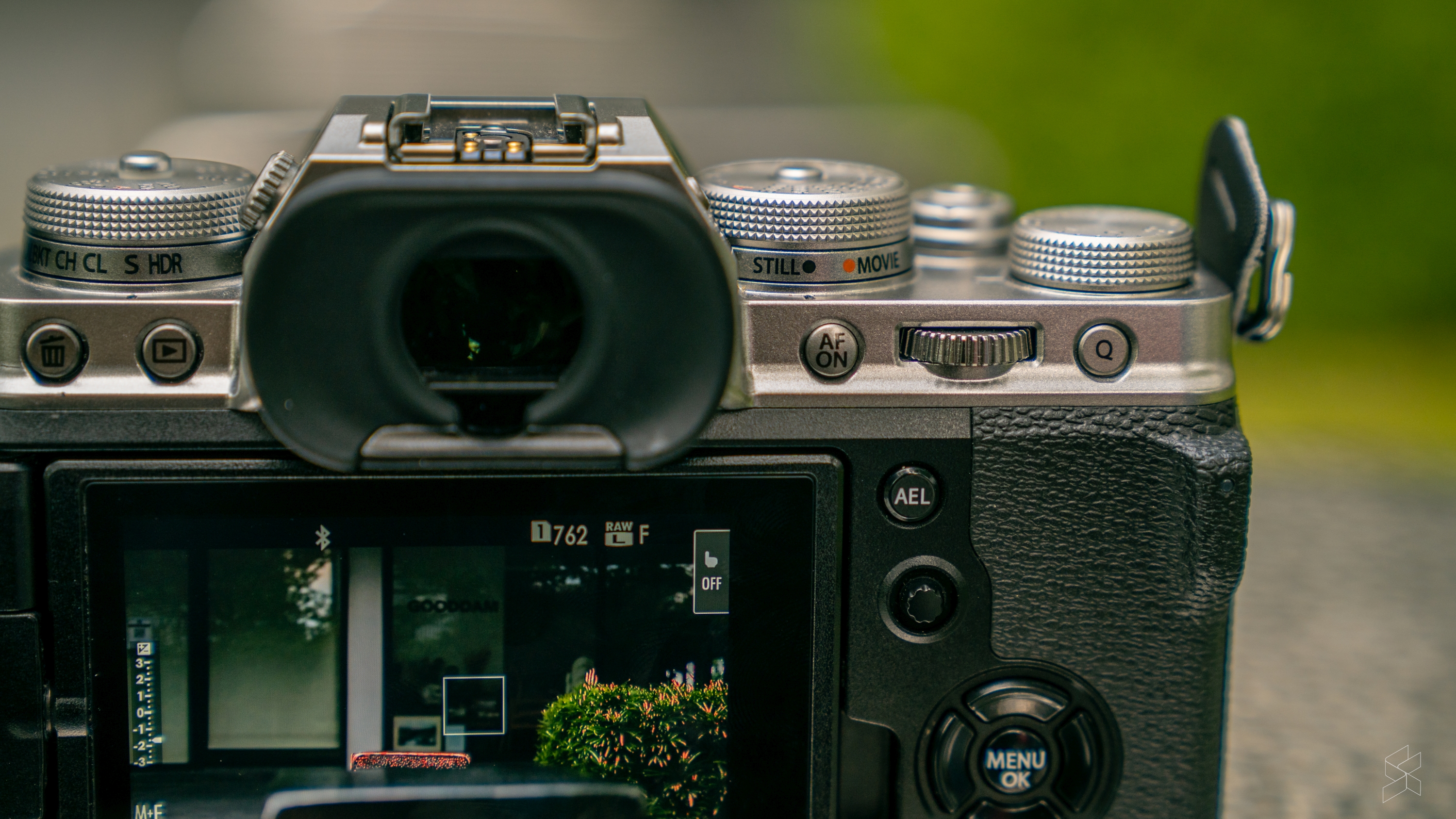
This small change goes a long way in making the camera more practical to use, but also does so in a way that doesn’t compromise the novelty of a more analogue shooting feel when you want to twist those dials.
It also allows the X-T4 to retain the drop-dead gorgeous aesthetics that made me fall in love with these cameras all those years ago.
Then, there’s my favourite practical change, and that’s the new battery. With this new cell, I’m finally able to match the battery life I can get with our Sony cameras so I can go all-day at an event without worrying about running out.
And you know, all of that plus the good video and phenomenal photo might have just been enough for me to recommend this camera over its competitors at Sony if it was not because of one thing: The price.
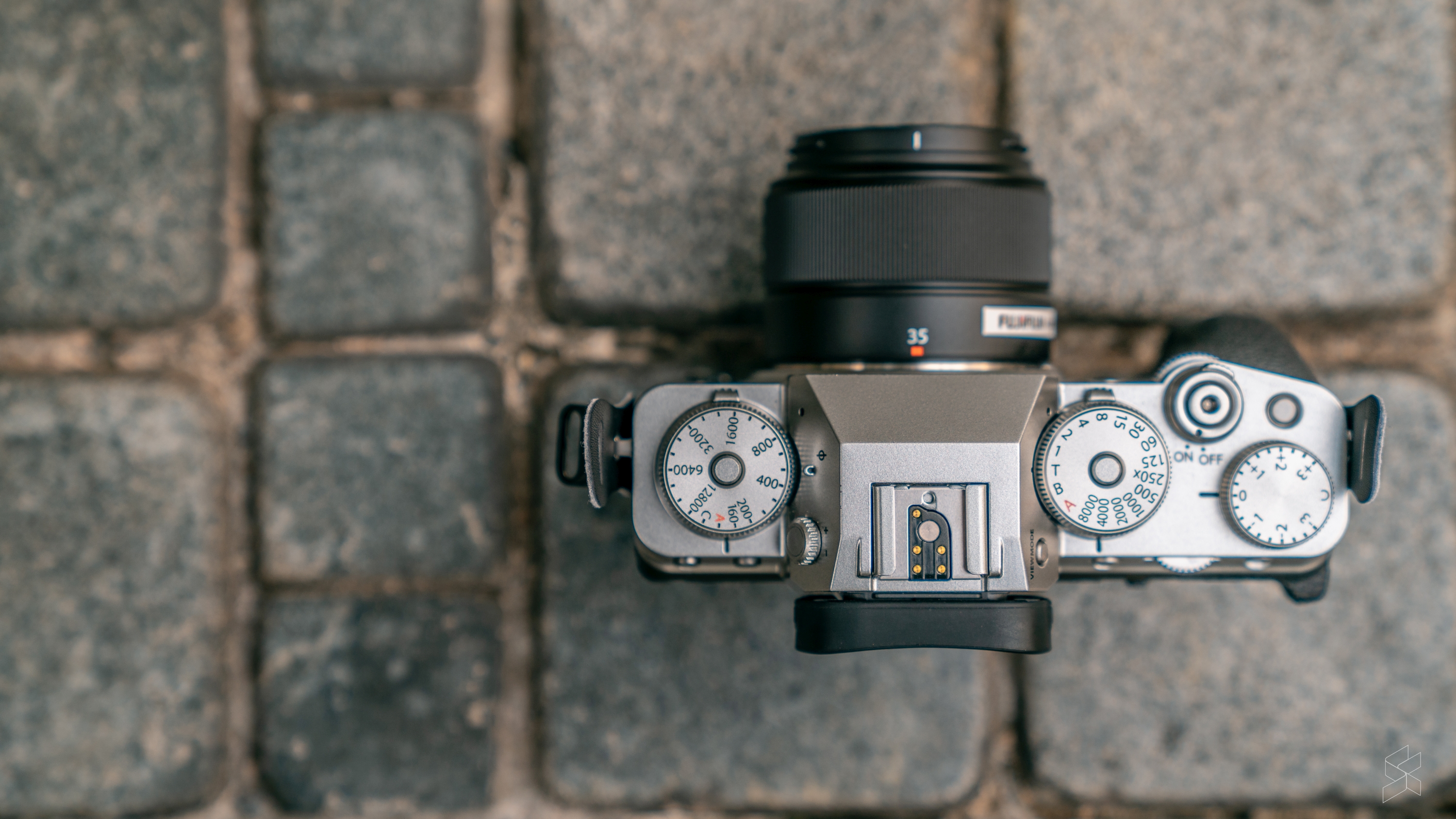
In Malaysia, the Fujifilm X-T4 retails for RM8,388 for just the body only, and if you want it with a decent kit lens, that goes up to about RM10,000. That is an insane price tag for an APS-C camera. You can get an A6600 for less. You can get an A7 III for less. You can even get the brand new A7C for less if you really want the compact body.
When you factor that in, it becomes really hard to recommend this camera from a practical standpoint because it’s not really head and shoulders above any of those cameras. And that means it’s not a practical purchase at all.
But I will say this though: Fujifilm cameras are often purchases you make with your heart, not with your head. People seem to downplay the importance of this, but to me having a camera that makes you want to shoot with is often as important as any other feature on a camera.
Photography by Rory Lee and Zachary Yoong on the Fujifilm X-T4. Product photography by Zachary Yoong on the Sony A7 III.


